St. Nicholas in Bohemia: Mikulas Eve
Blogs
12.12.2017
Shows are selling out for the 2025 Midwinter Revels - 3 performances left!
Buy TicketsBlogs
12.12.2017
Prague, capitol of the Czech Republic, is a city teeming year-round with quirky traditions. Possibly the most mystical urban center in Europe, it was home to a huge team of royal alchemists and astrologers employed by the occult-obsessed Holy Roman Emperor Rudolf II in the late 16th century, and a hint of sly mystery still inhabits many of its old-town winding, cobbled streets.
On a cold December 5 evening, anywhere across the Republic from Prague to the tiniest hamlet, you are likely to encounter Saint Nicholas, or Mikuláš, as he is called here. The iconic red-suited, gift-giving St. Nicholas is universally believed to have evolved from St. Nicholas of Myra, a 4th-century Christian martyr from Asia Minor. He would probably not recognize himself in any of his namesakes. In stark contrast to the portly, jolly Saint Nick we in America have imported from the British Isles (who eventually, with the rise of Protestantism in Northern Europe, took on the stage name Santa Claus), the Czech is stately, almost regal. He is dressed as a bishop, kitted out in thick white beard and red chasuble (robe) and mitre (tall ecclesiastical hat), each embellished with a gold cross. His means of transport are not reindeer but his own two feet, assisted by the curly-tipped staff of all spiritual shepherds, and his sidekicks are not elves, but rather a white-gowned angel (anděl) and a red-faced devil (čert).
Unlike the hired Santas flooding the malls, schools, and churches of the United States at scheduled times, the Czech Republic’s Saint Mikuláš is usually a volunteer. And it’s a grass-roots affair: while a cluster of official Mikulášes collect in Prague’s Old Town Square shortly after sunset each December 5, the average Mikuláš doesn’t sign up somewhere to play the role. Civilians simply take it upon themselves to dress up in wig and vestments and rove the streets, greeting children as they go, asking them about themselves and offering them treats. It’s a testament to the power of traditional culture that parents are comfortable with these customs in modern times.
In fact, in a scene reminiscent of a Christmas Revels show, St. Nicholas is often invited into the home by parents. At the threshold, a parent will furtively share some details about the child’s life, allowing the bishop to personalize their patter when they are trying to assess how naughty or nice the child has been: “Did you keep your room clean this year? Did you take good care of your pet rabbit? Did you behave yourself in Mrs. Havel’s class?”
But answering Mikuláš’s questions is just the beginning. A child has to earn their treats by performing for him: either singing a song or reciting a poem. This performance is seen as an offering made to the Christmas saint.
Children whose answers, and performances, please Mikuláš are given sweets by his Angel sidekick. Those whose performance disappoint or displease him are chased by the Devil, who threatens to carry them off to the underworld – a destination that can’t seem terribly far-fetched in the Bohemian center of alchemy.
When I was there for Mikuláš Eve, my 5-year-old friend Adam was shy and only performed the first line of his song, but Mikuláš is a kindly bishop and gave him goodies anyhow. In fact, because this particular Mikuláš had stopped by an international pre-school, the Devil wasn’t even present: the school had decided to remove him, since devils are complicated creatures and not all the cultures represented in the student body had such a playful relationship to demons.
This to me was an admirable example of how a society can celebrate its native traditions while also being hip to the sensitivities of other cultures. None of the Czech parents felt their kids were denied their cultural heritage because they were not being threatened by red-faced fiends. It was a grand night out for all the children, who probably found confessing their sins to a guy with a big stick just as intimidating as being chased by a red-faced imp! What mattered most was that they all had cherished face-time with Mikuláš, and that there was much song, and poetry, and goodies.
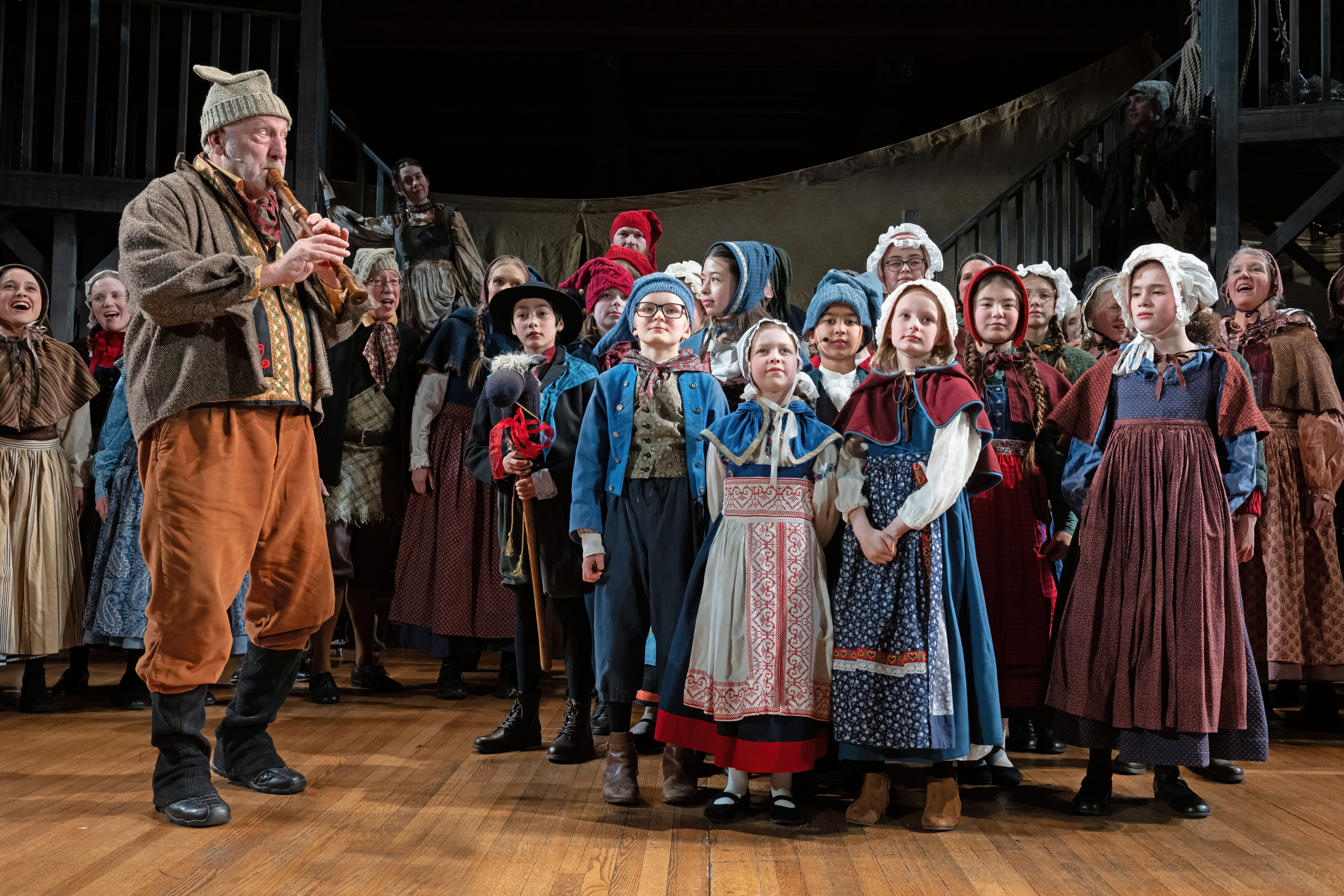
Read More
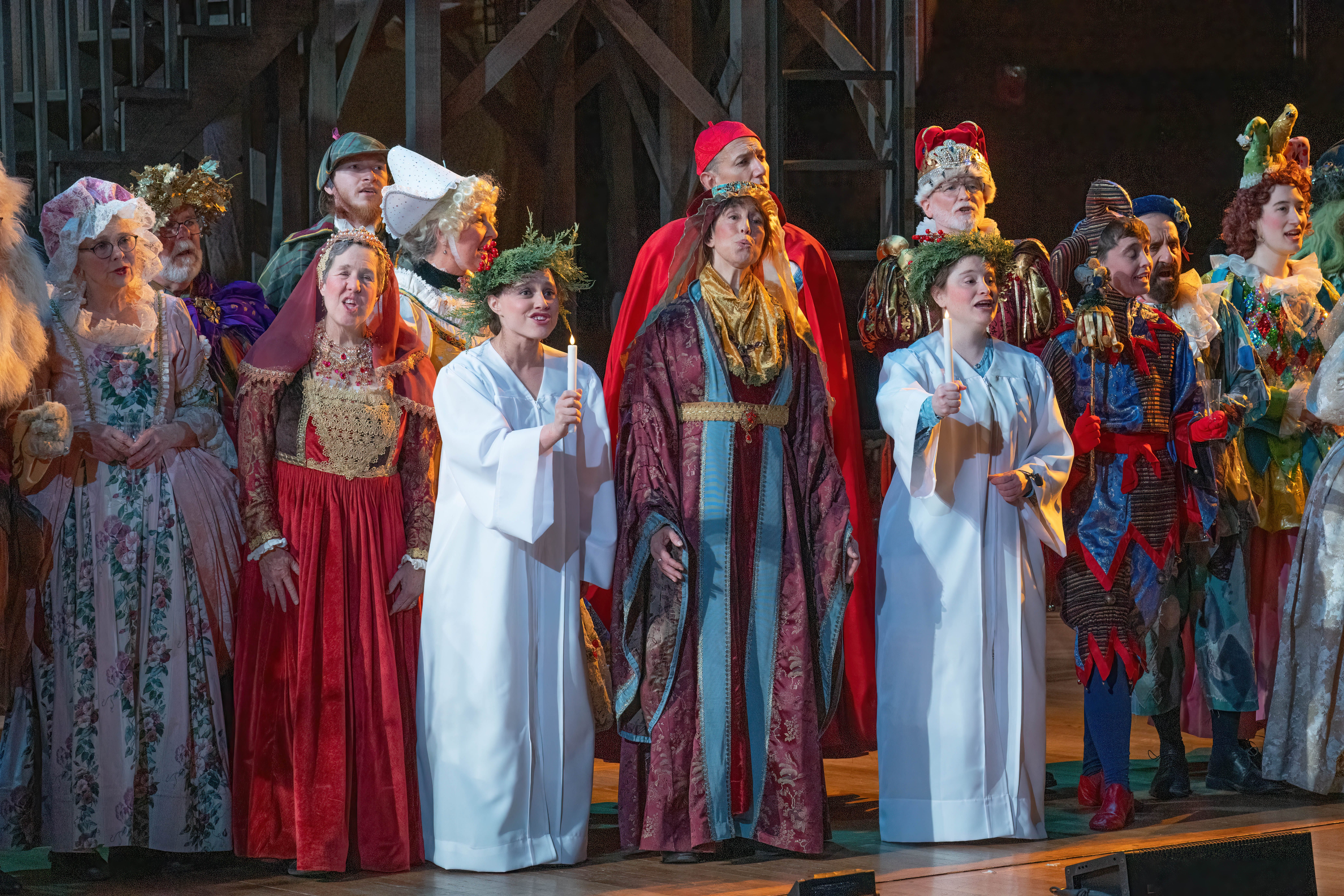
Read More
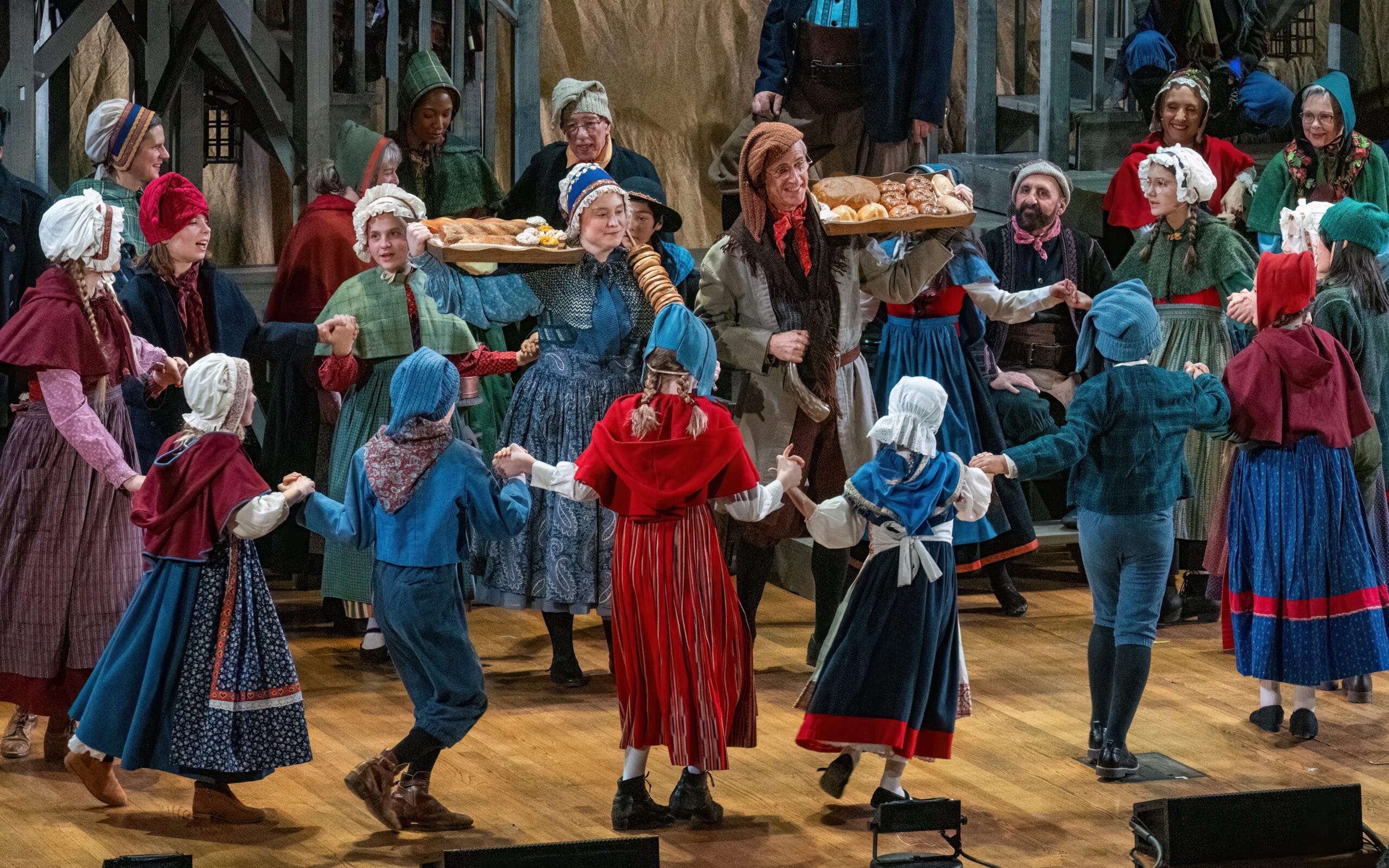
Read More
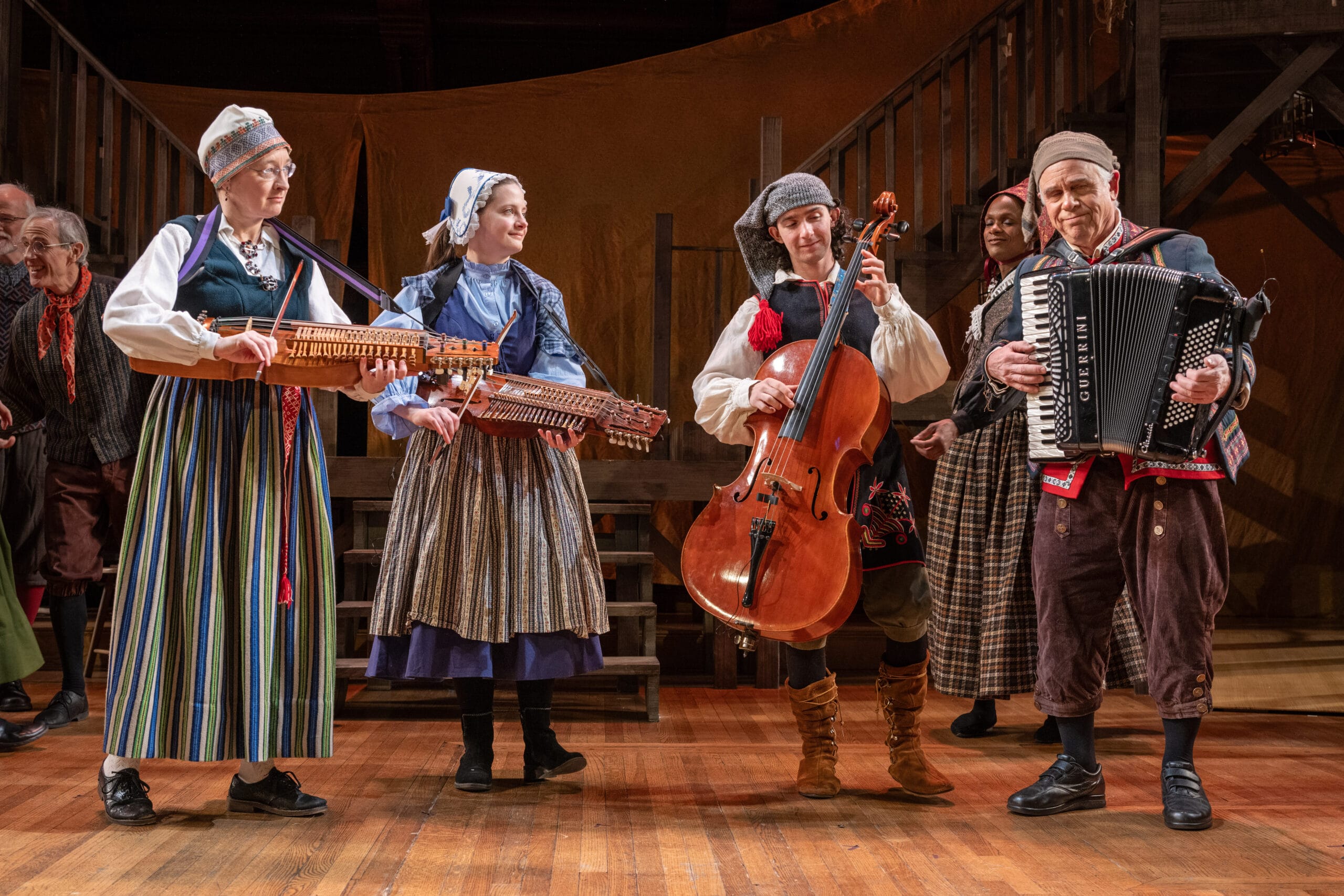
Read More
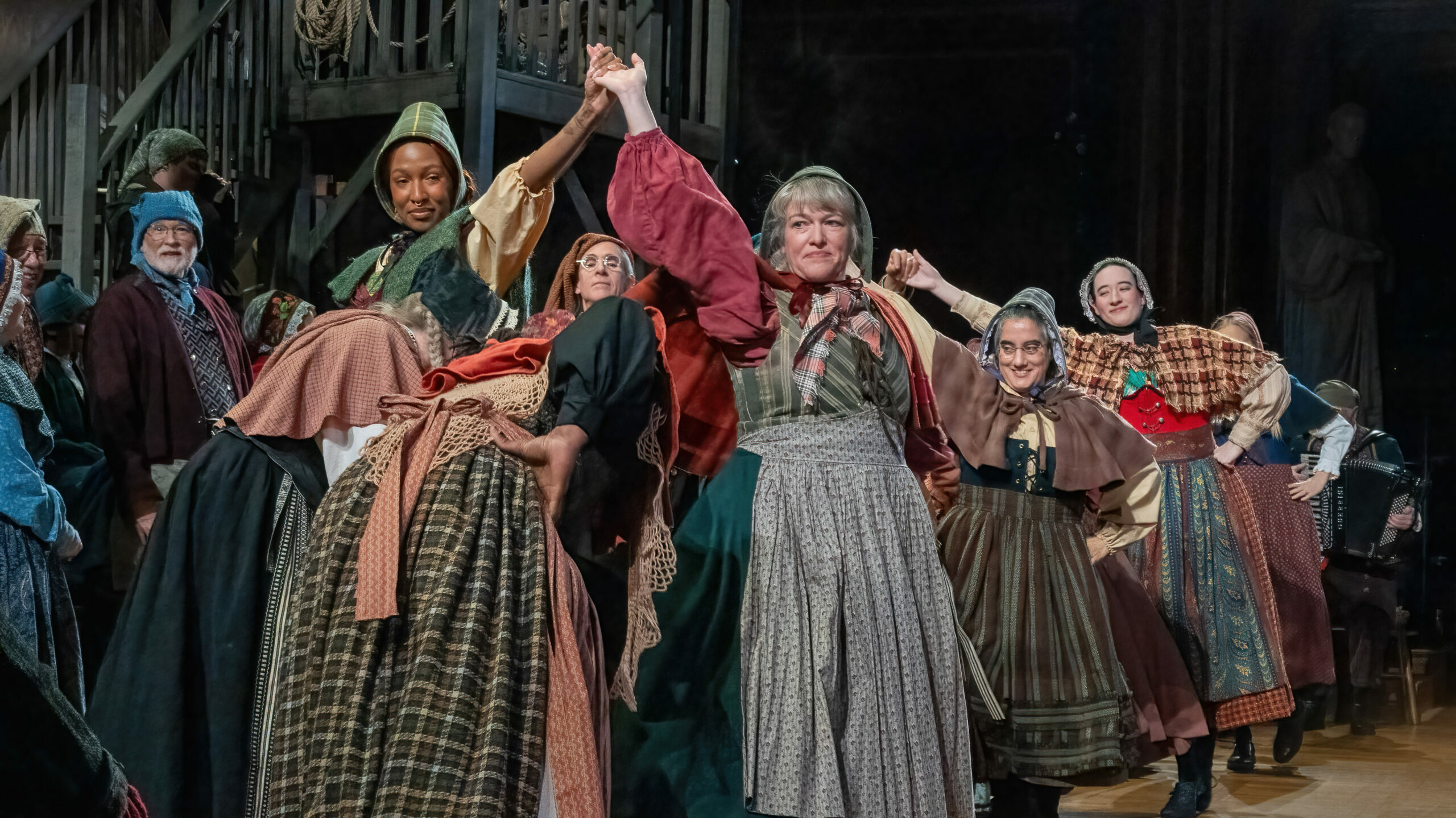
Read More
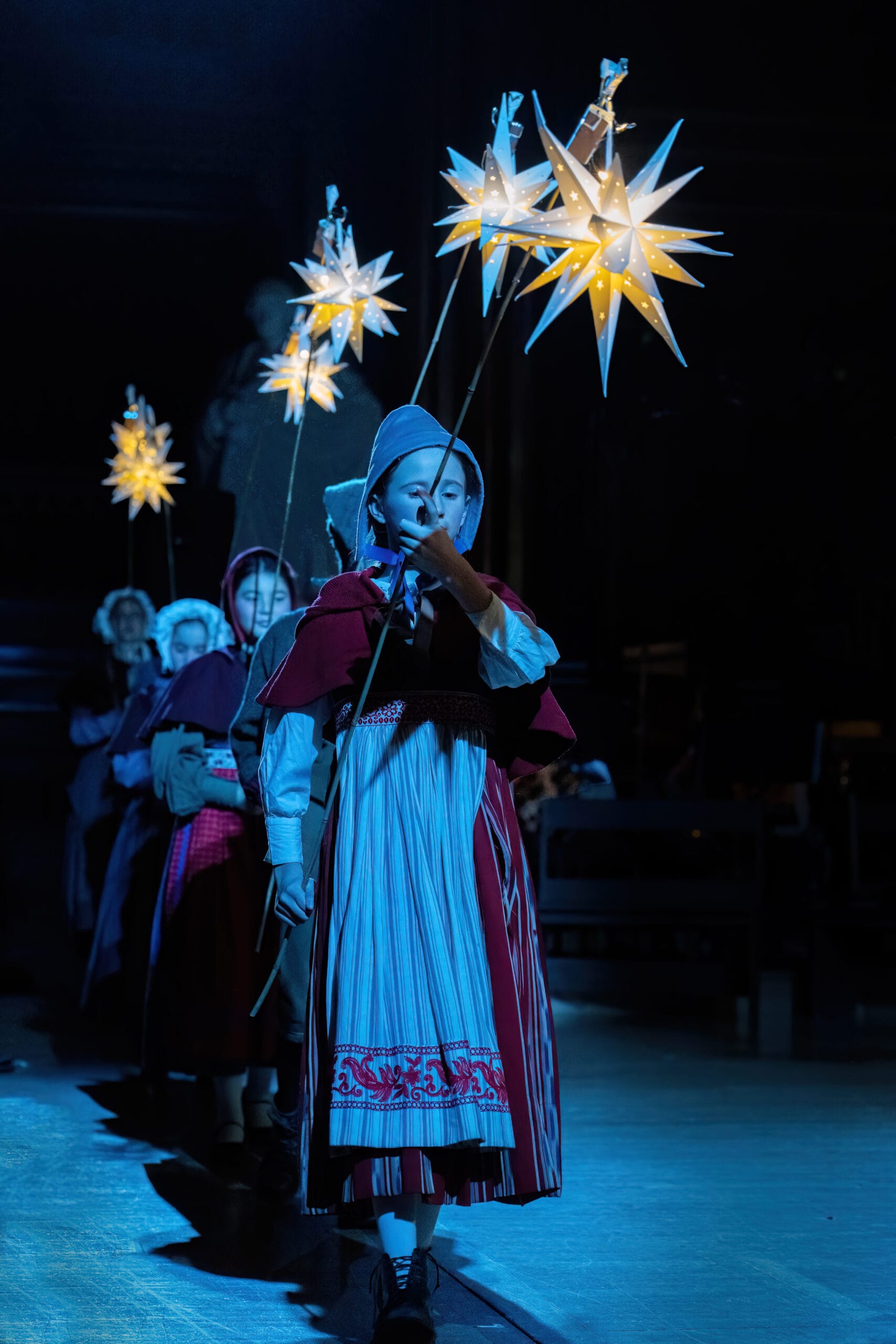
Read More
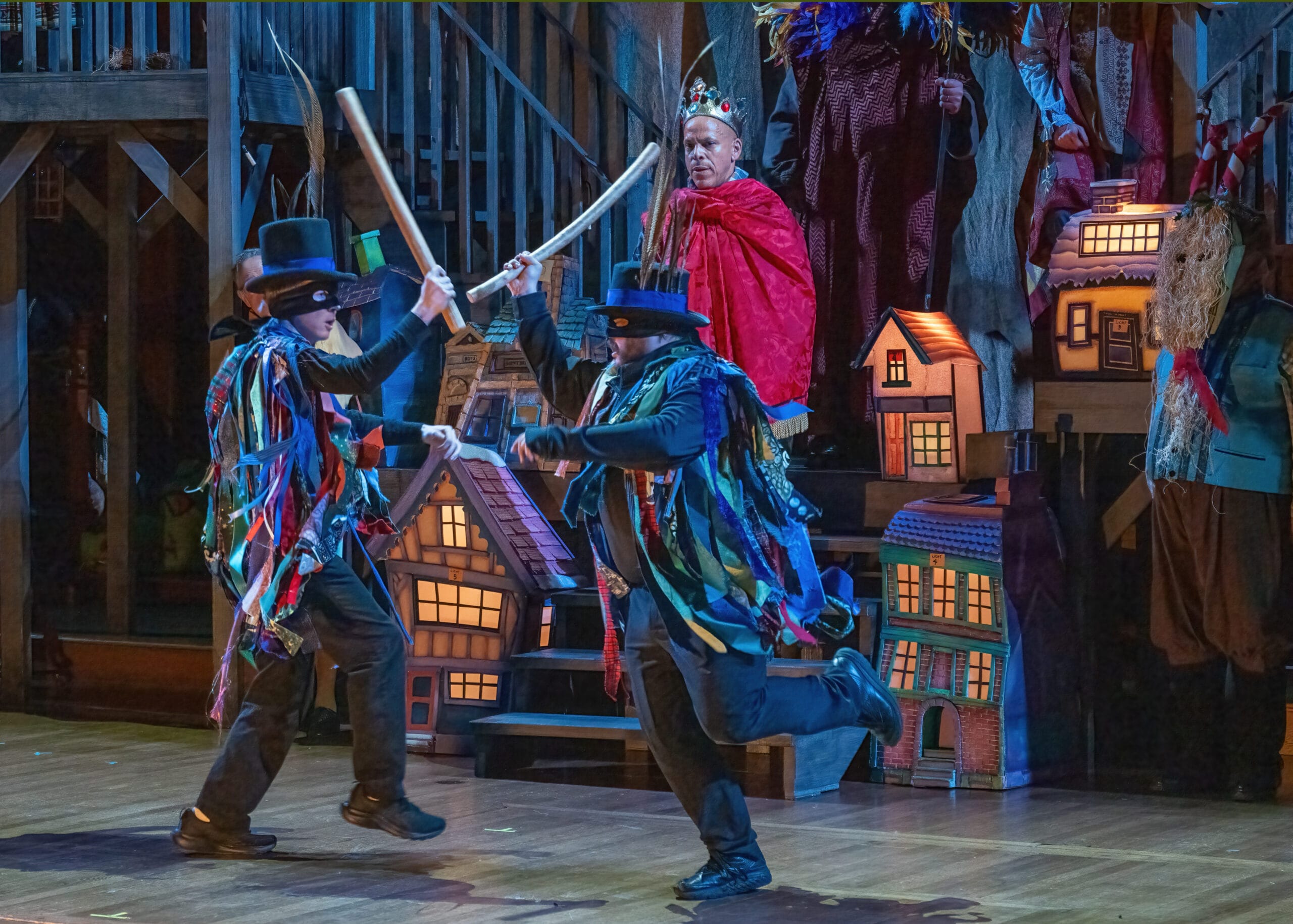
Read More
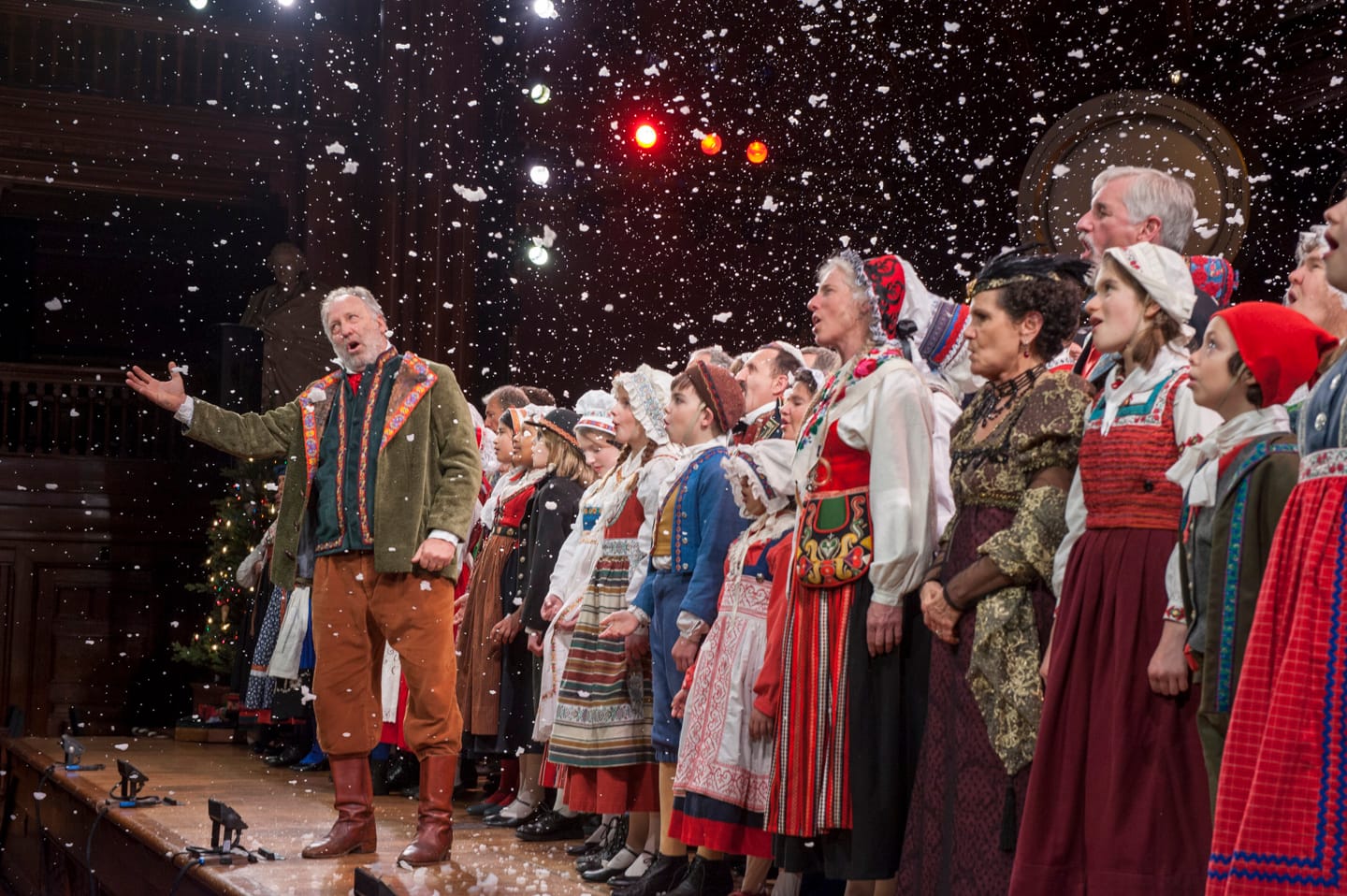
Read More
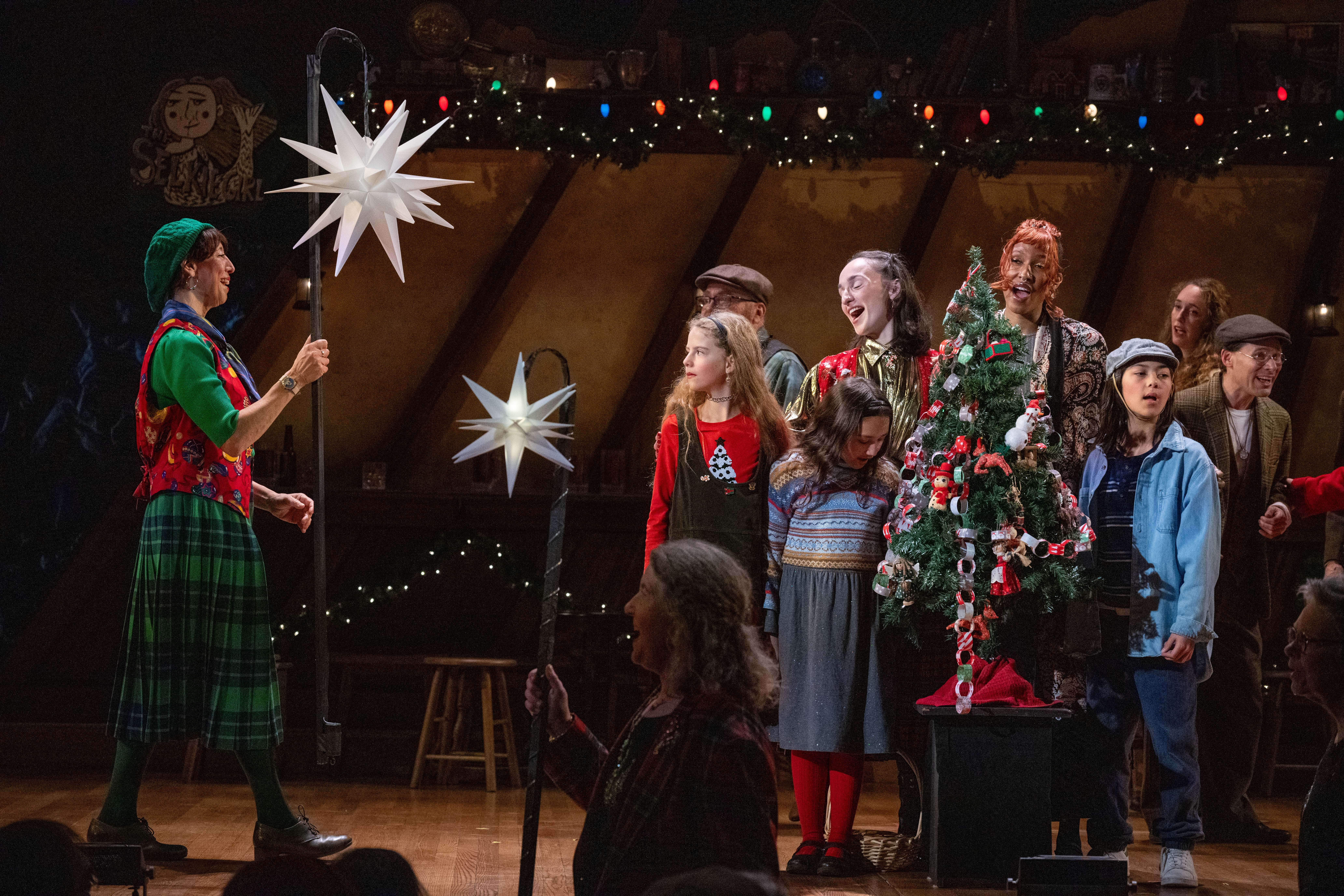
Read More
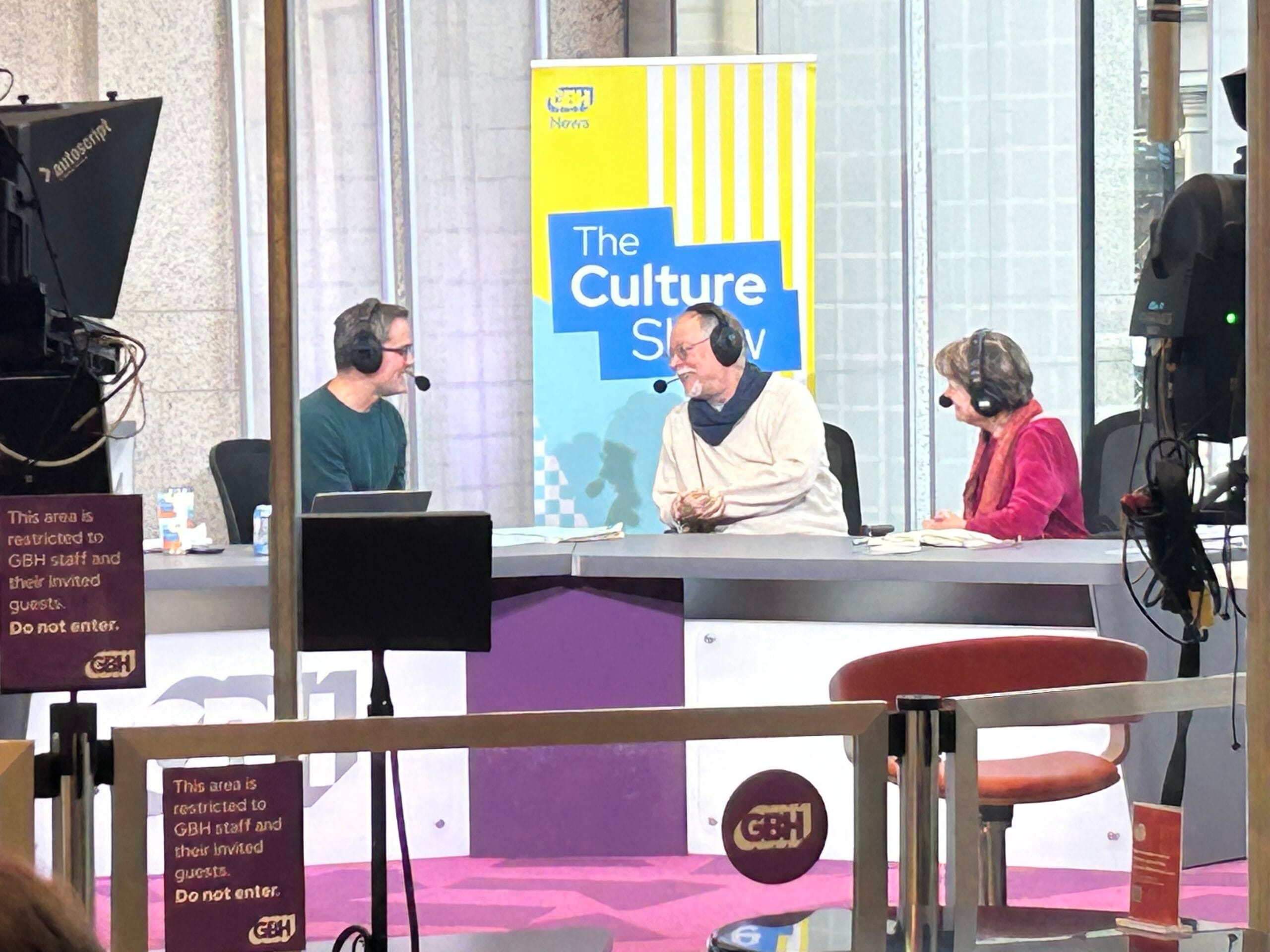
Read More
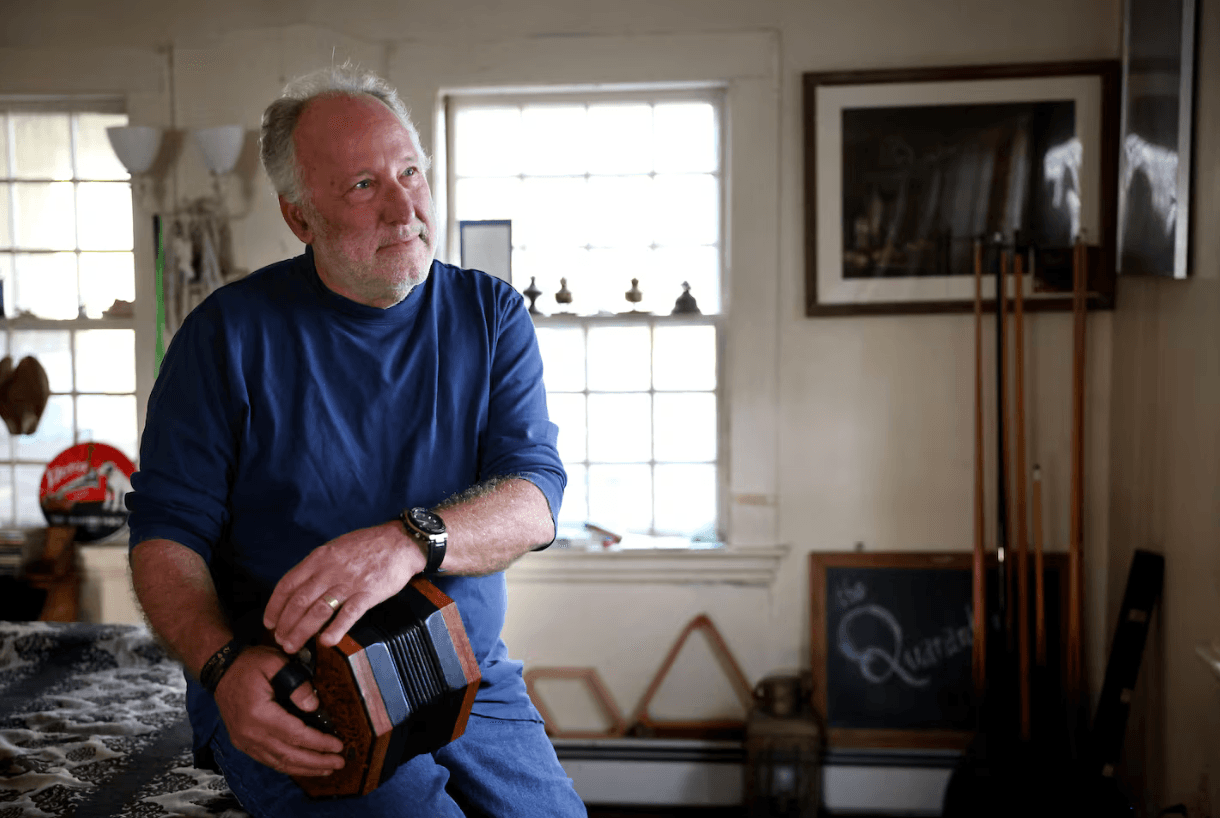
Read More
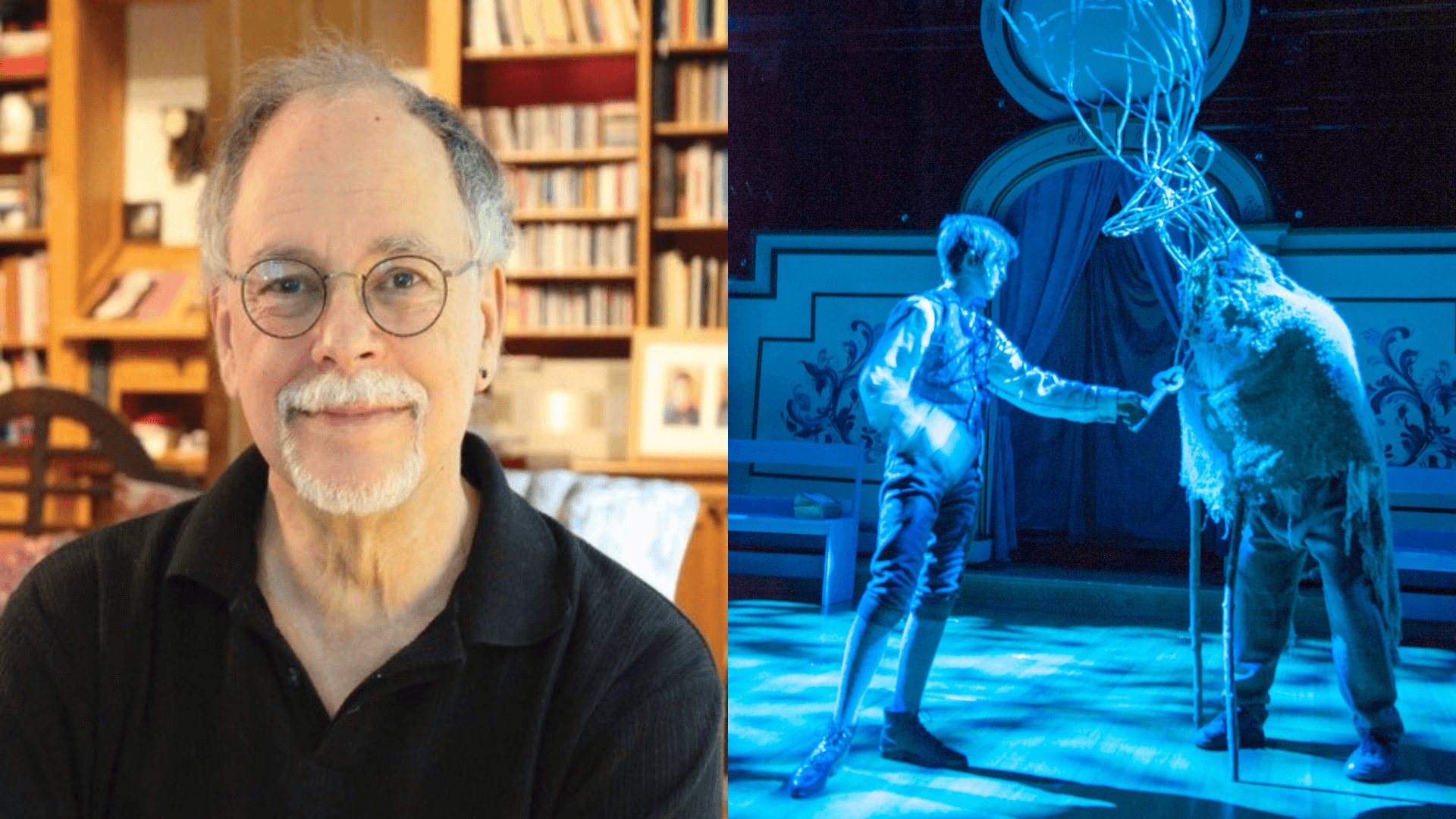
Read More
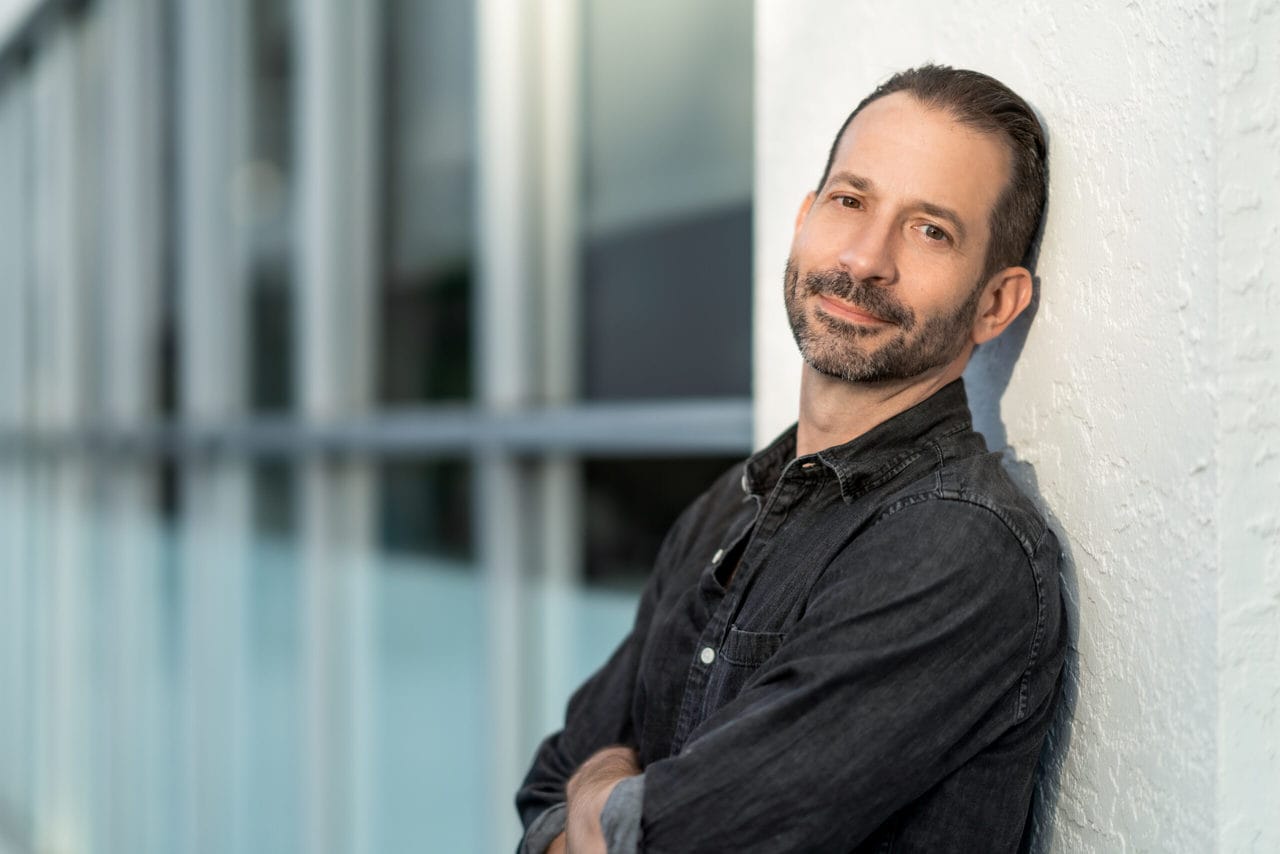
Read More
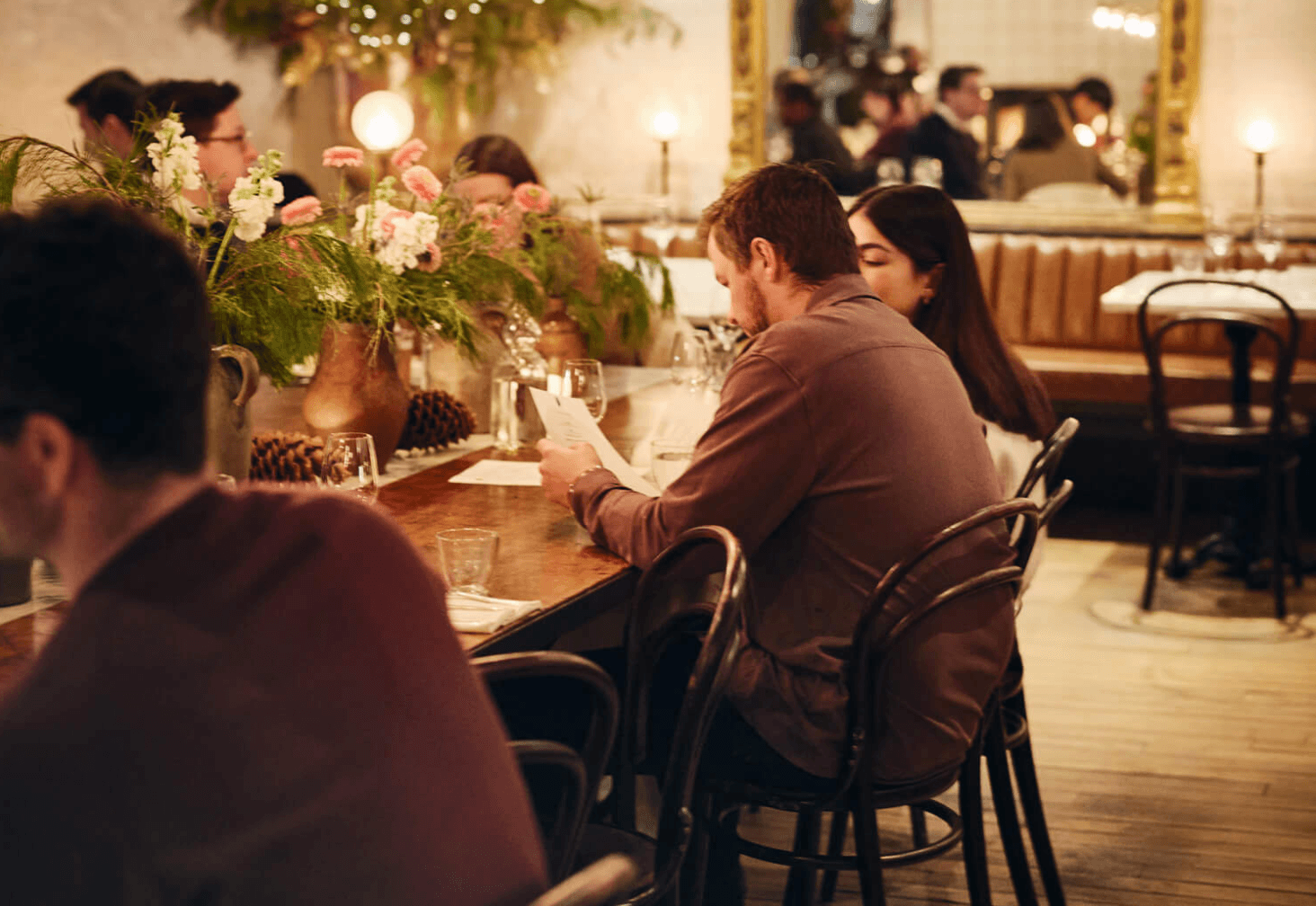
Read More
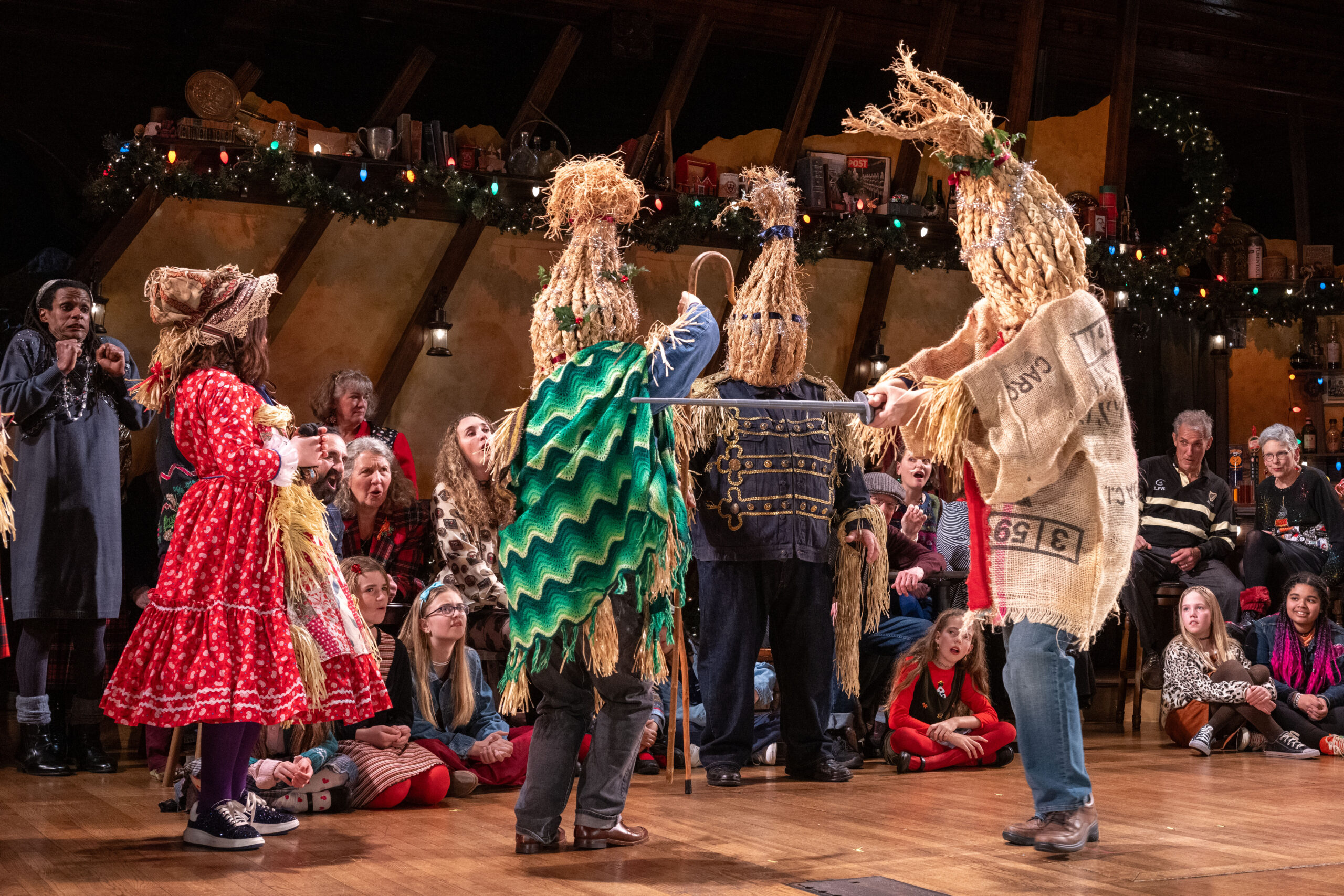
Read More
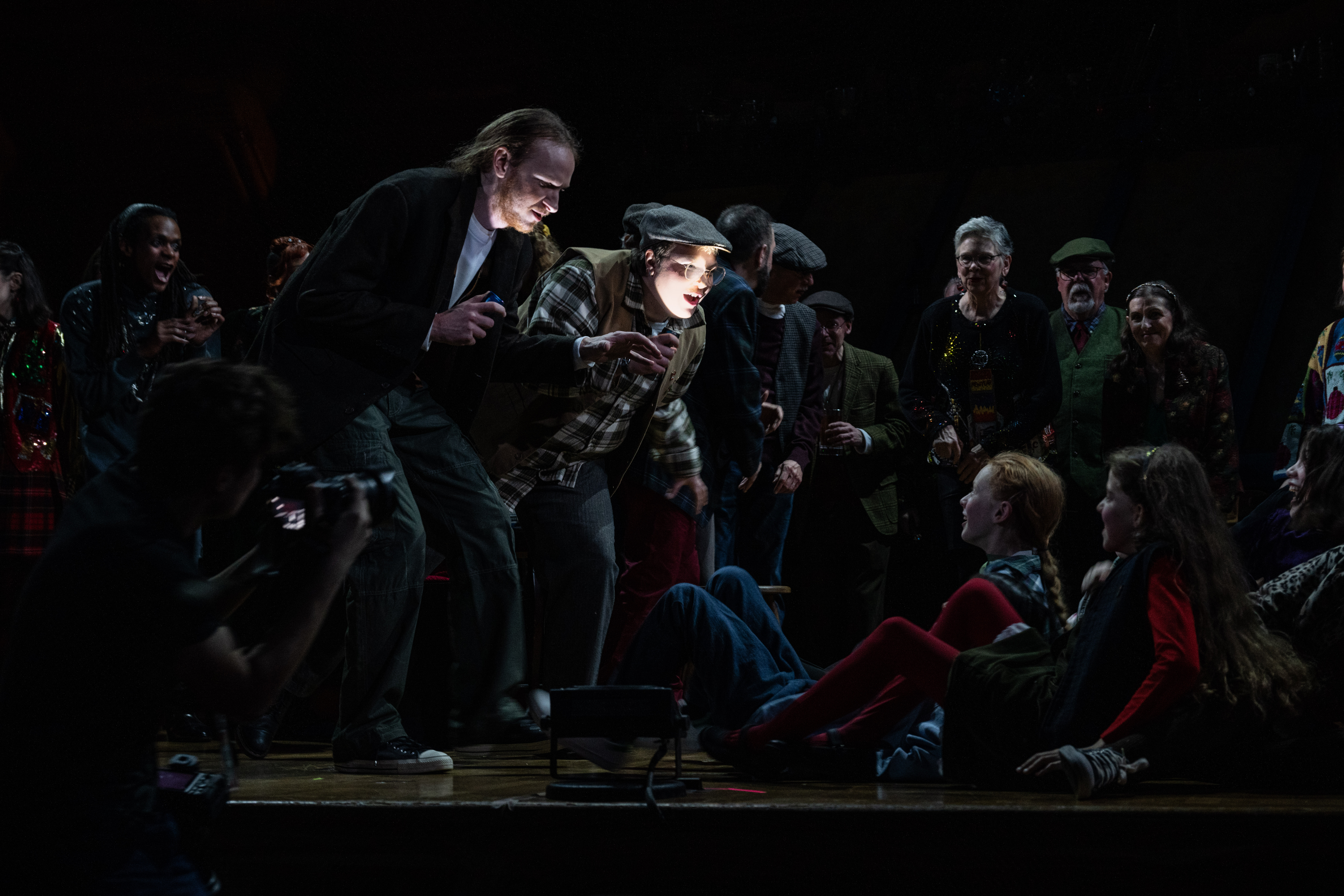
Read More
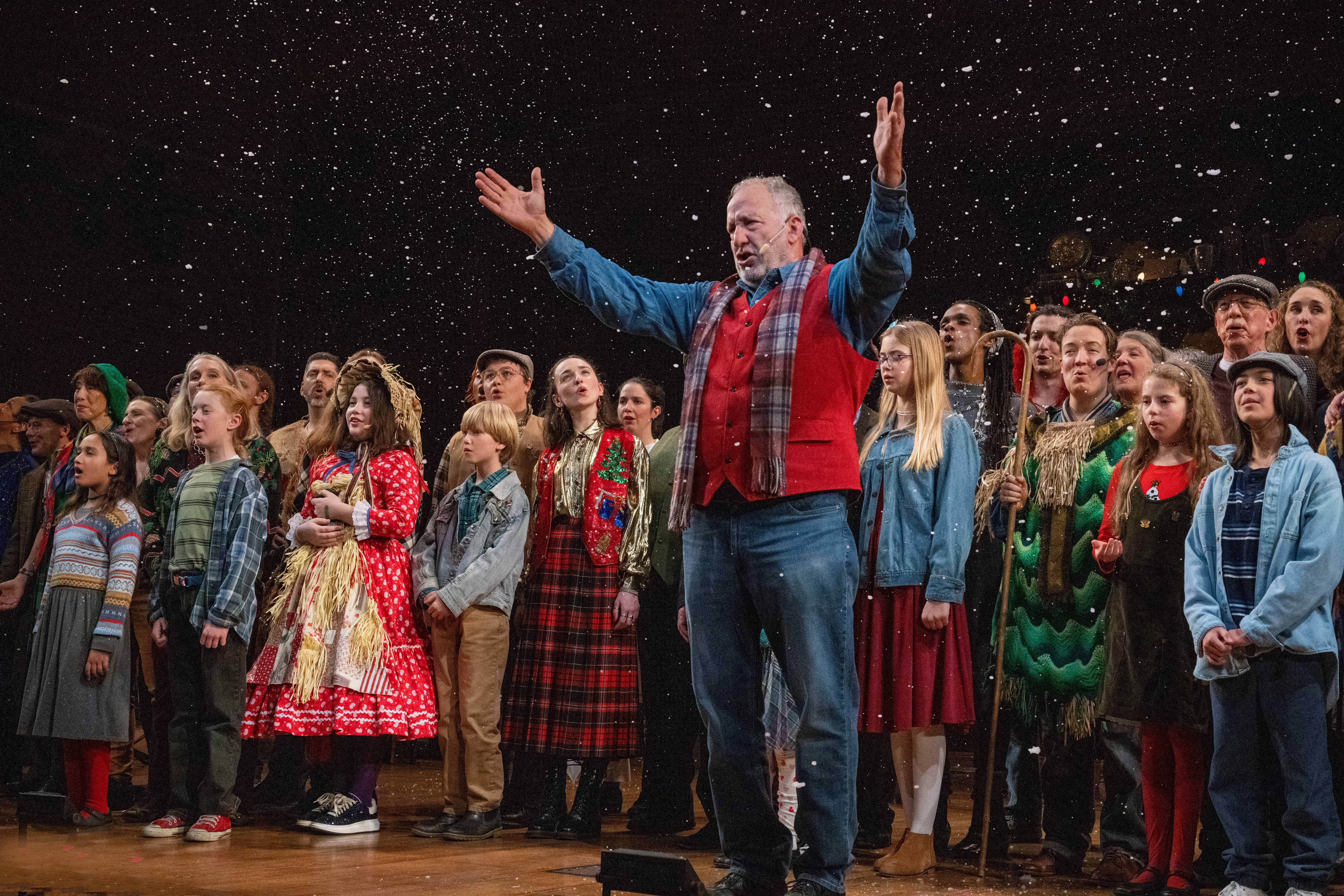
Read More
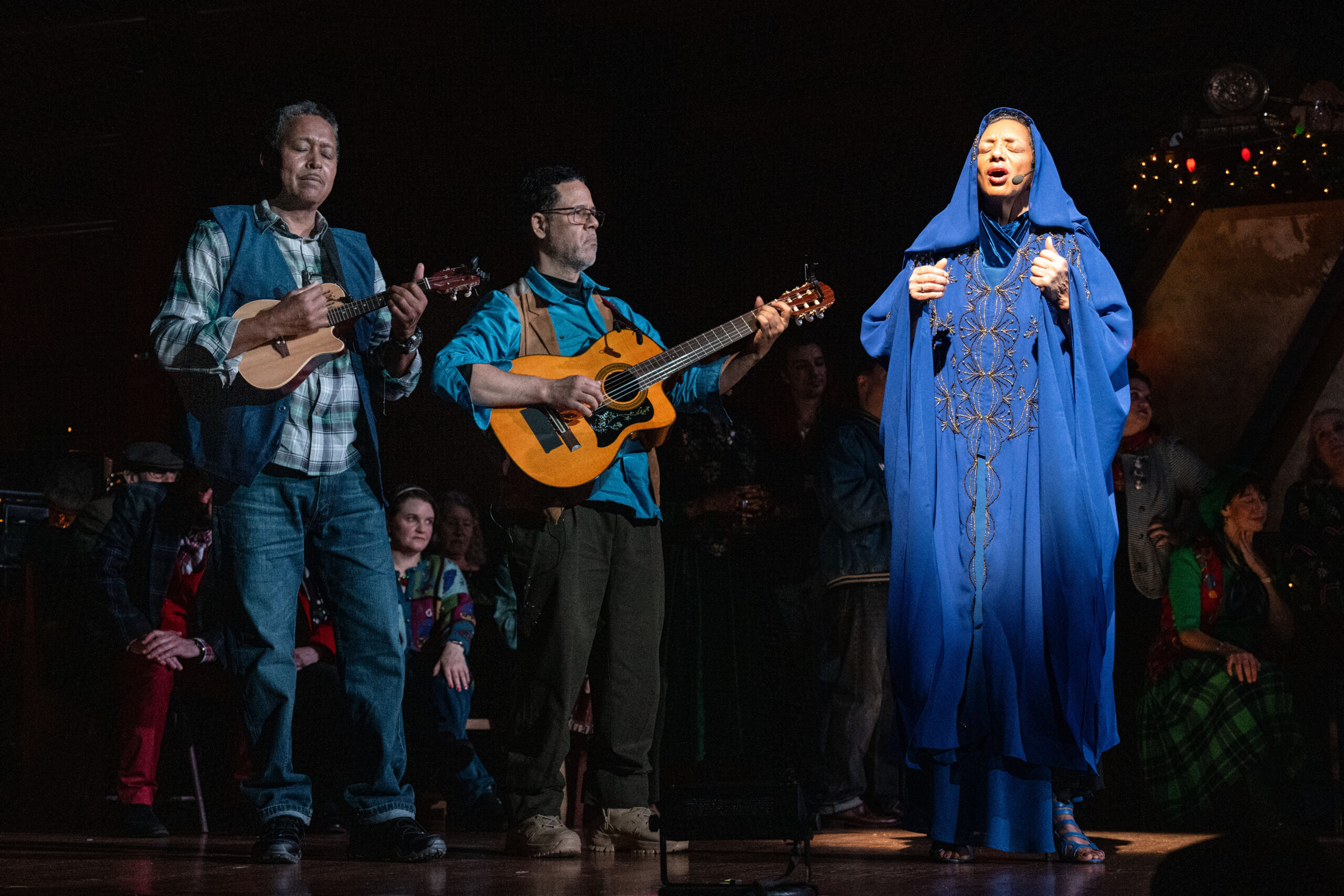
Read More

Read More
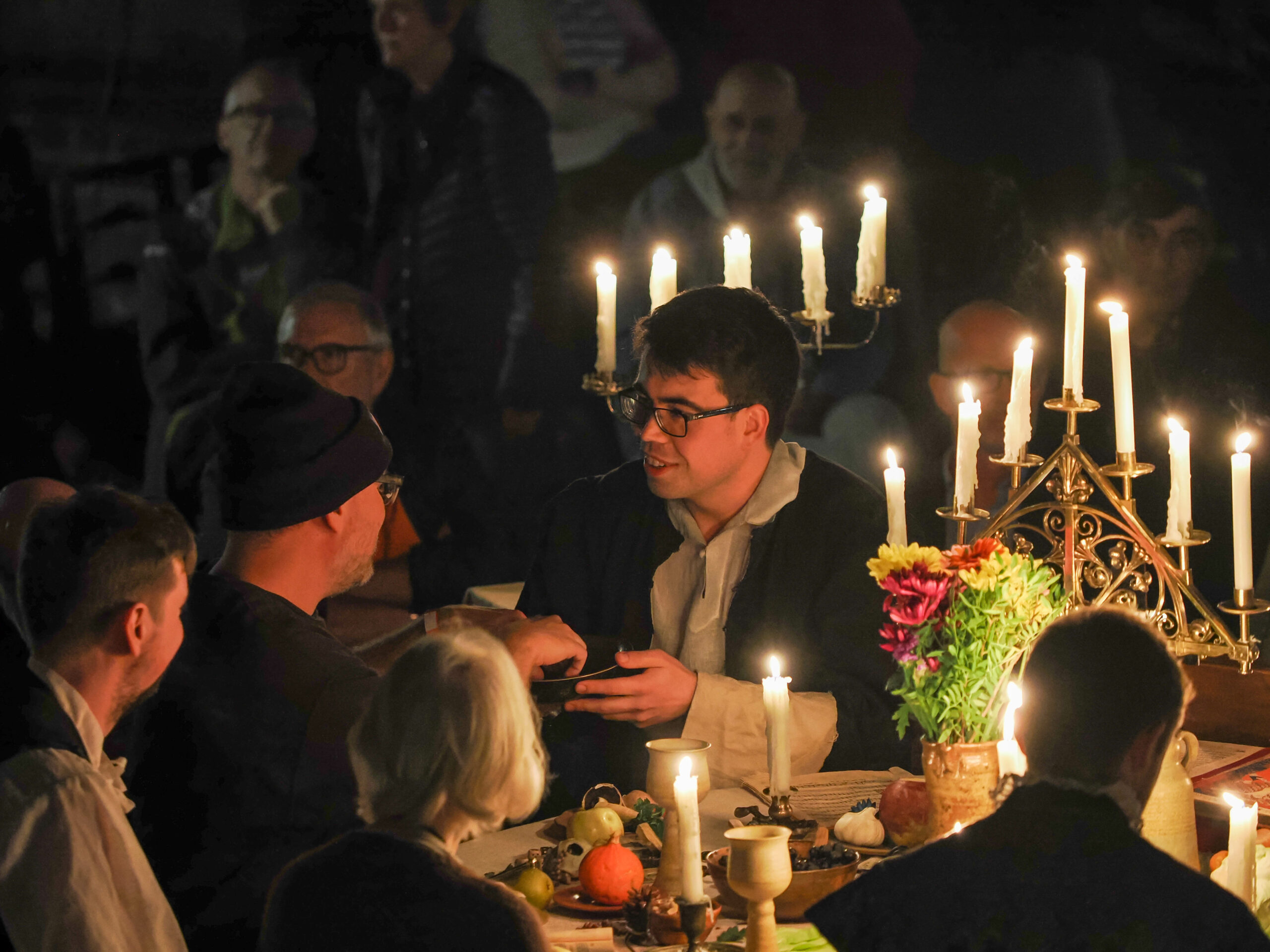
Read More
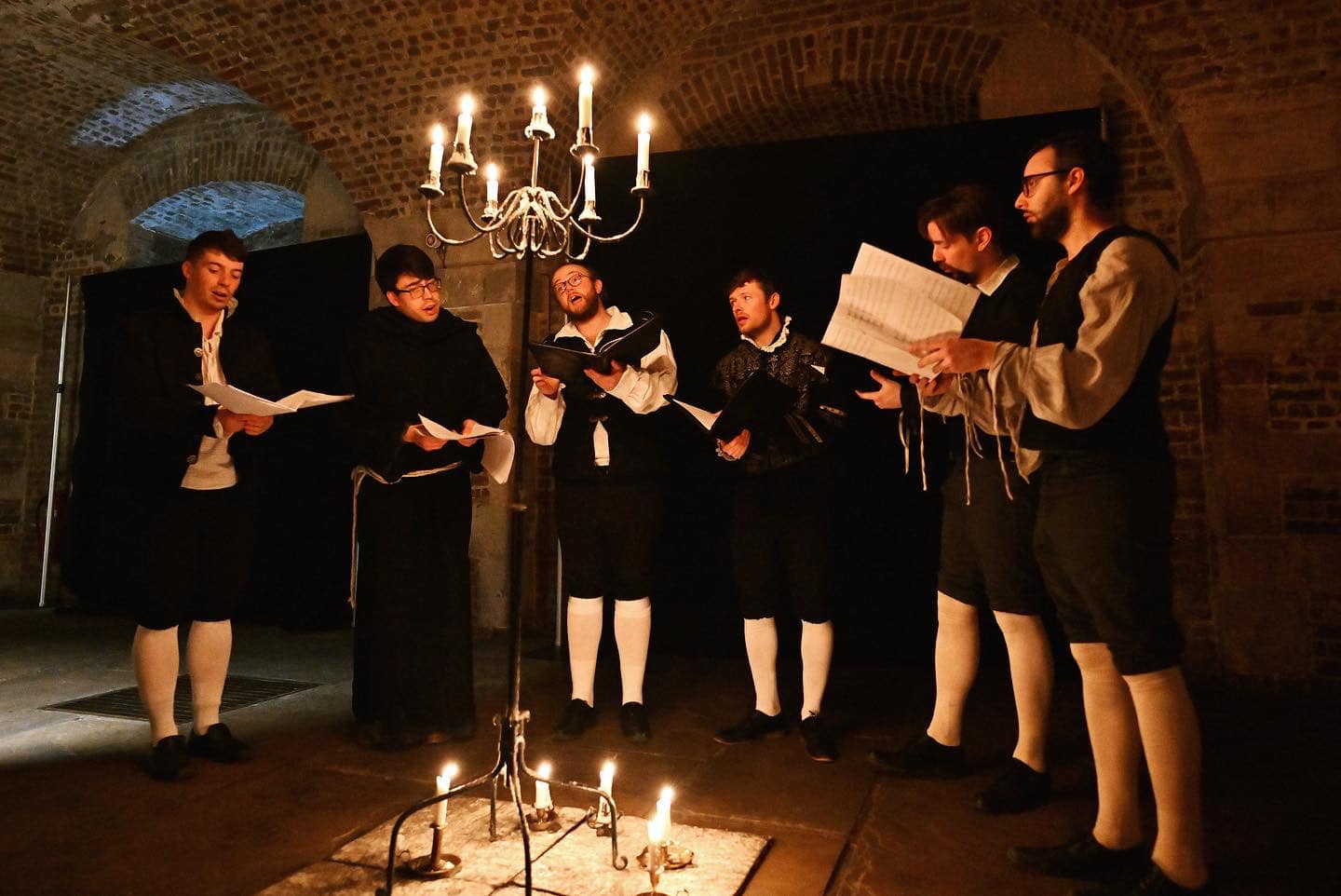
Read More
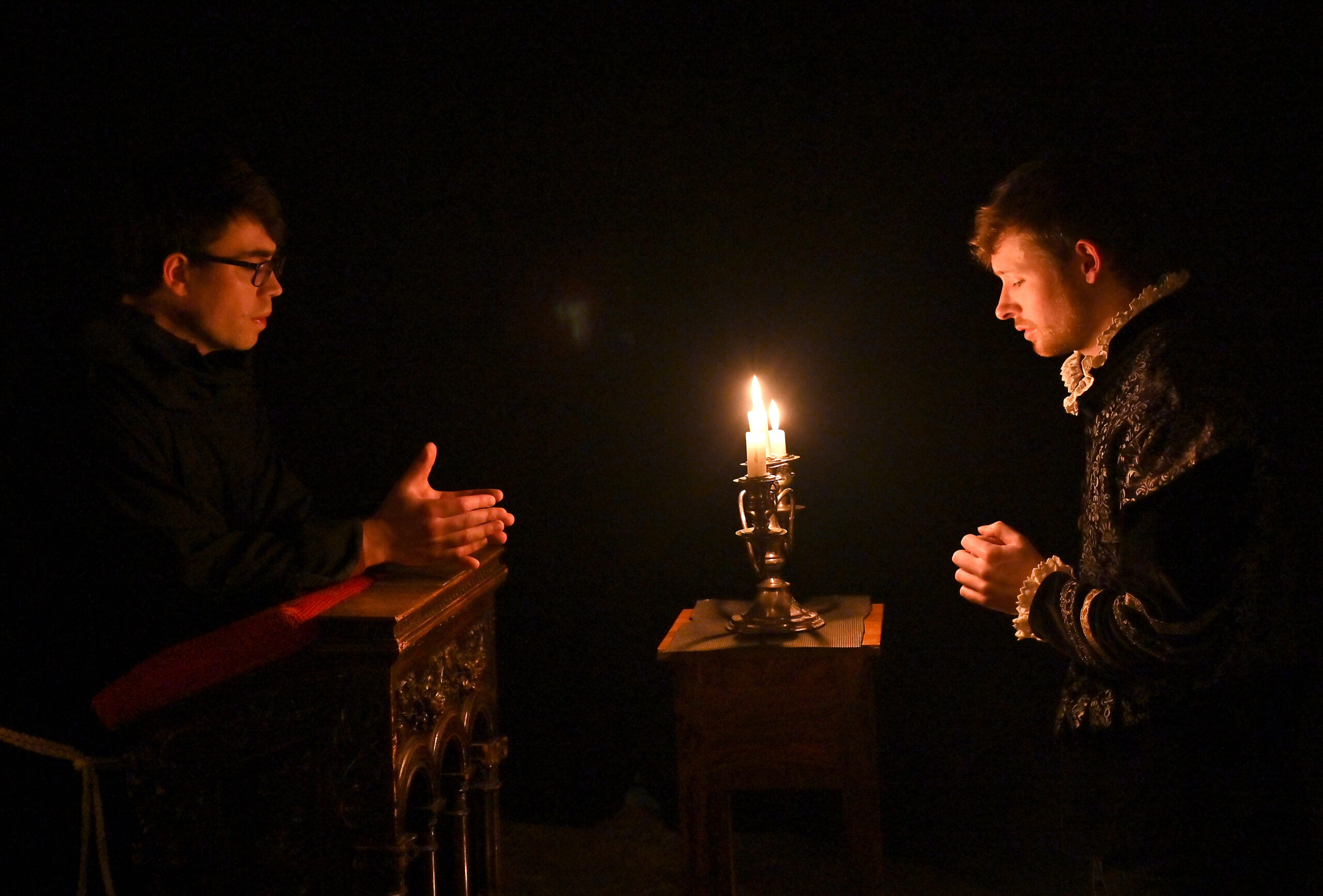
Read More
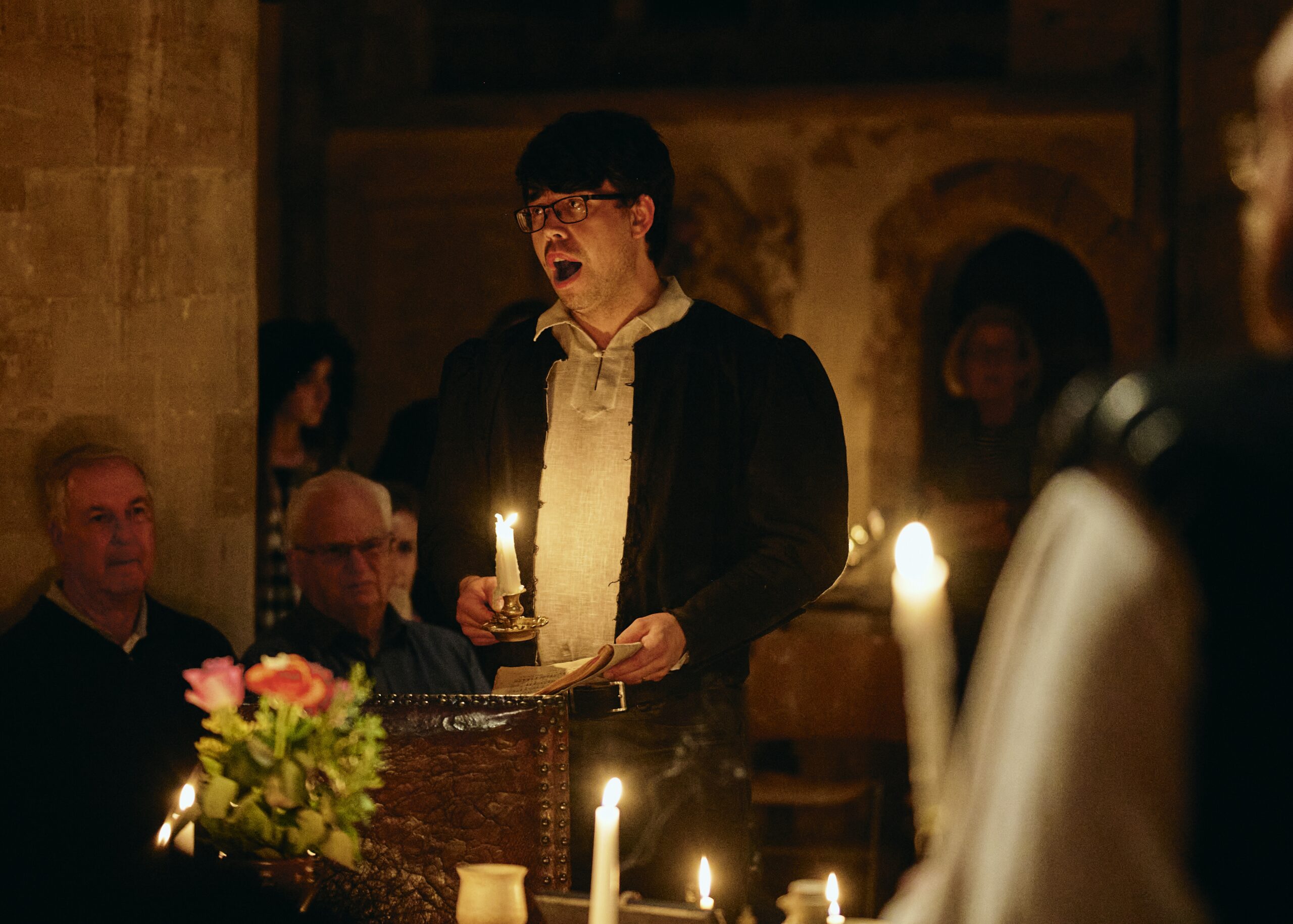
Read More
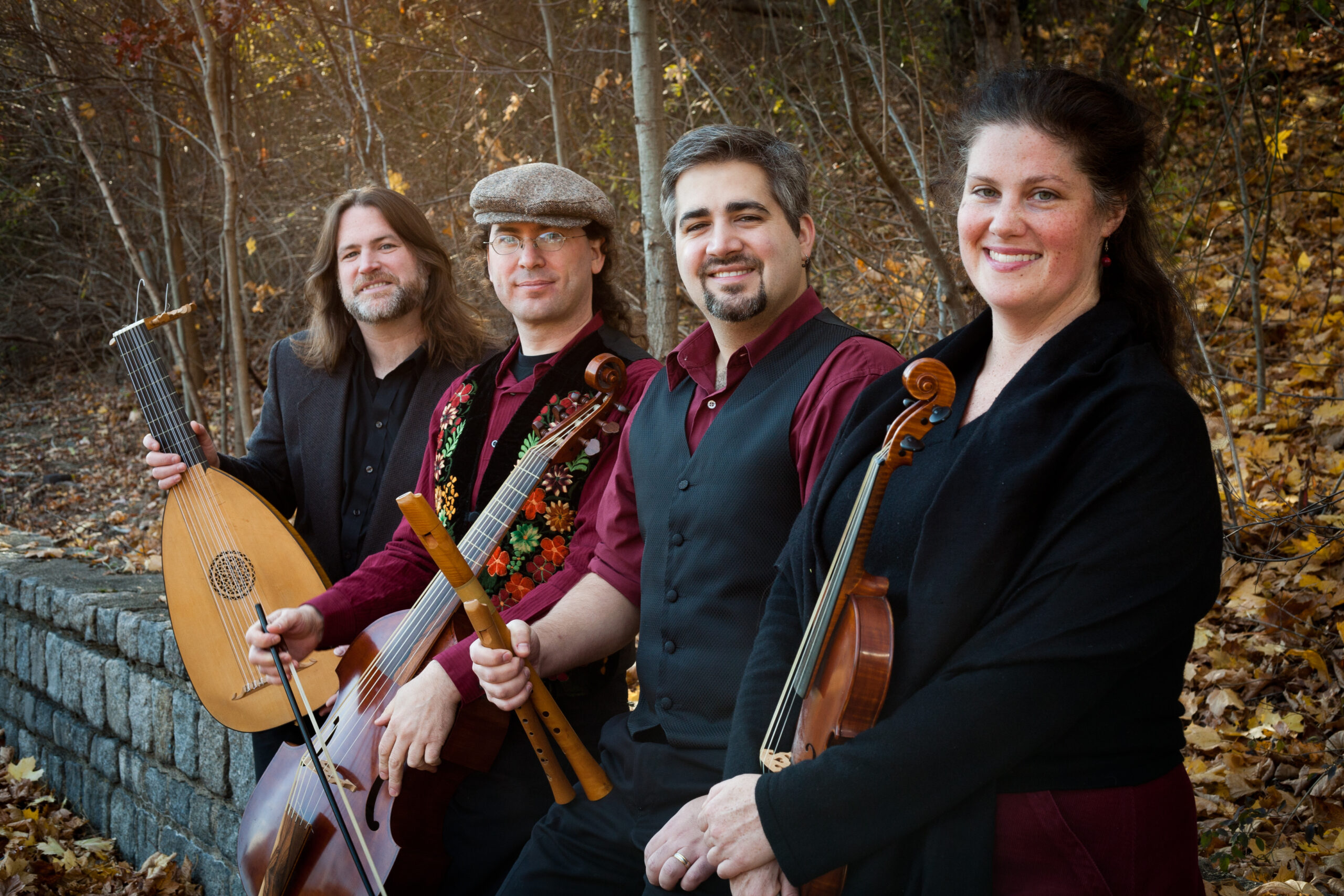
Read More
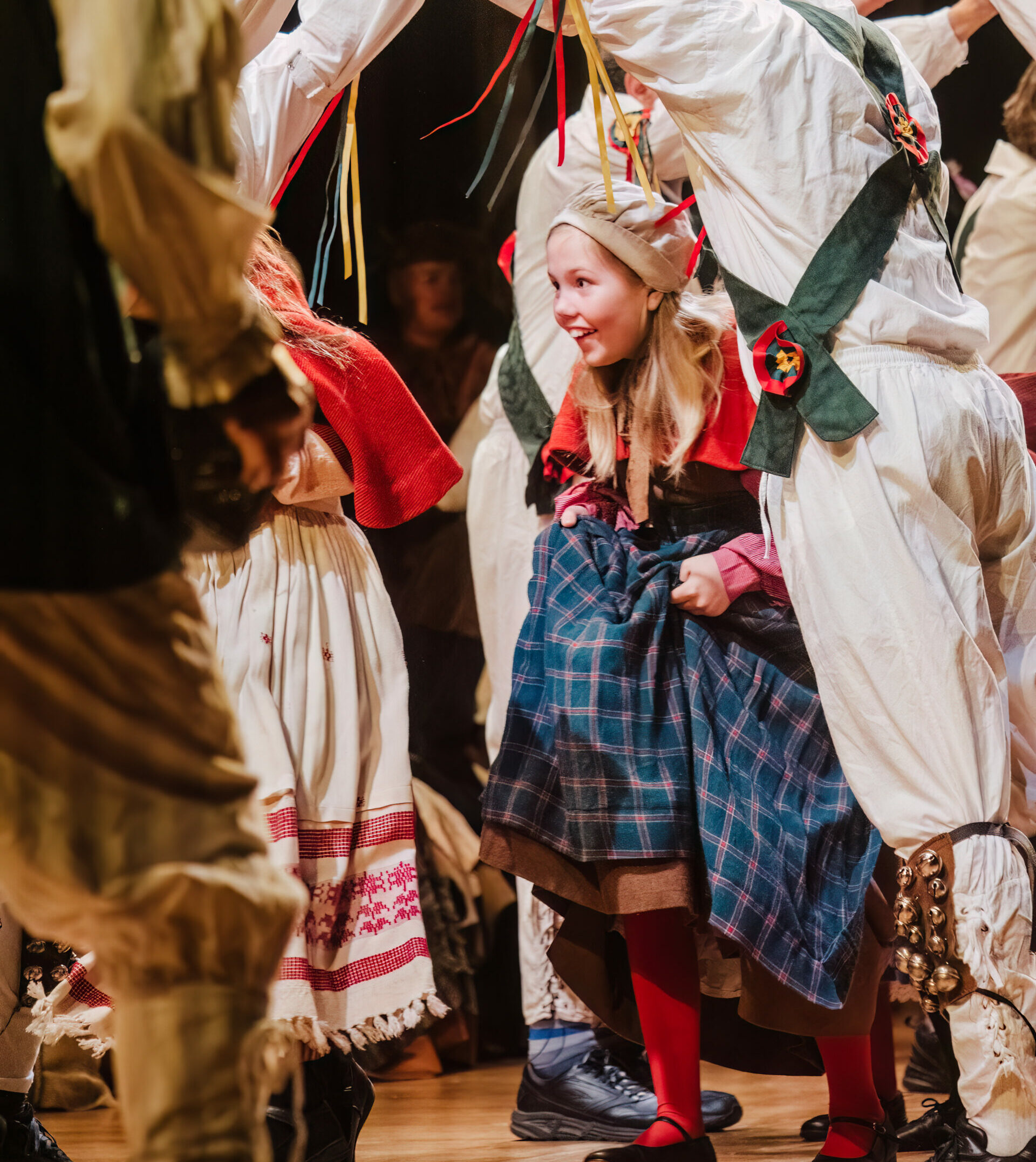
Read More
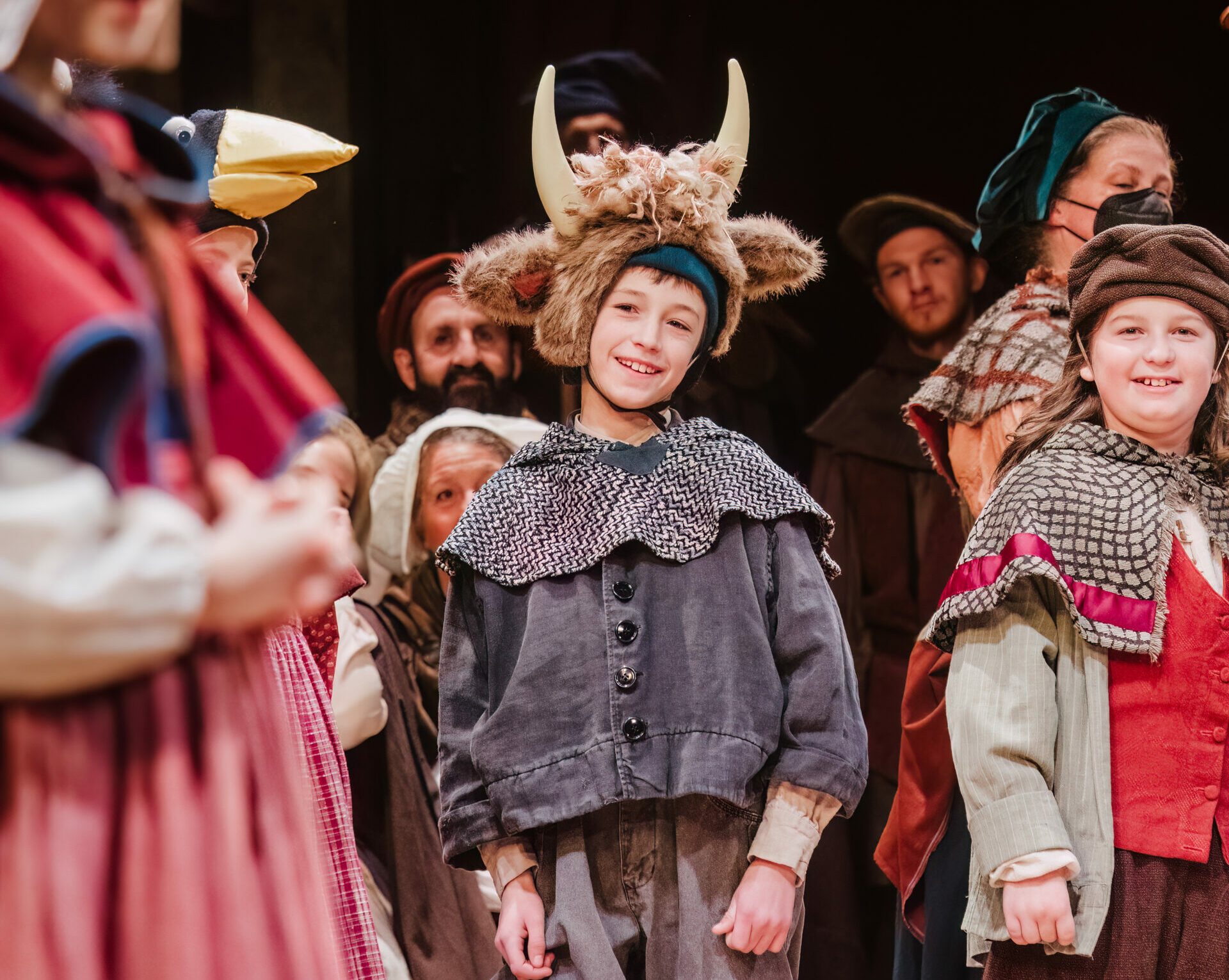
Read More
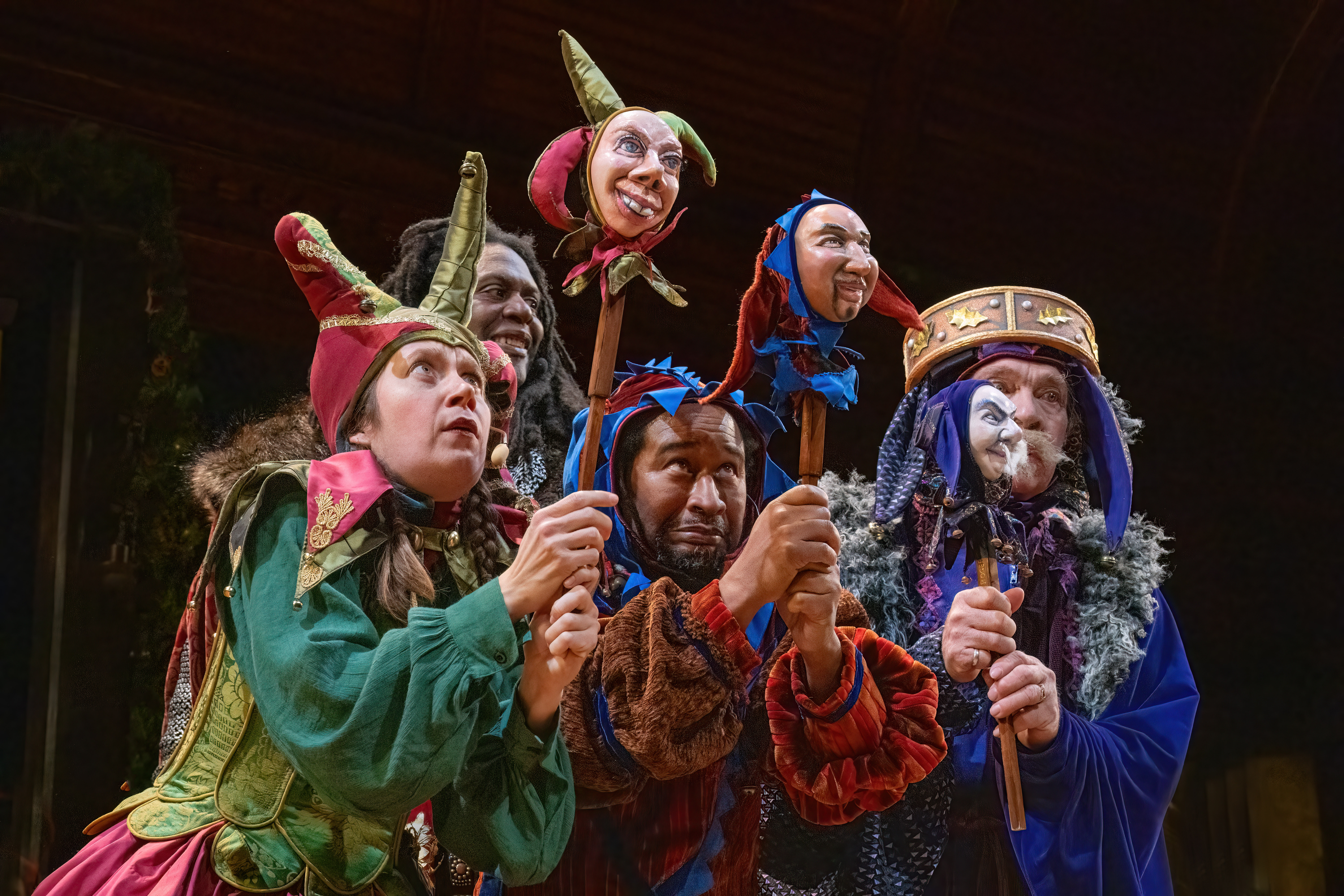
Read More
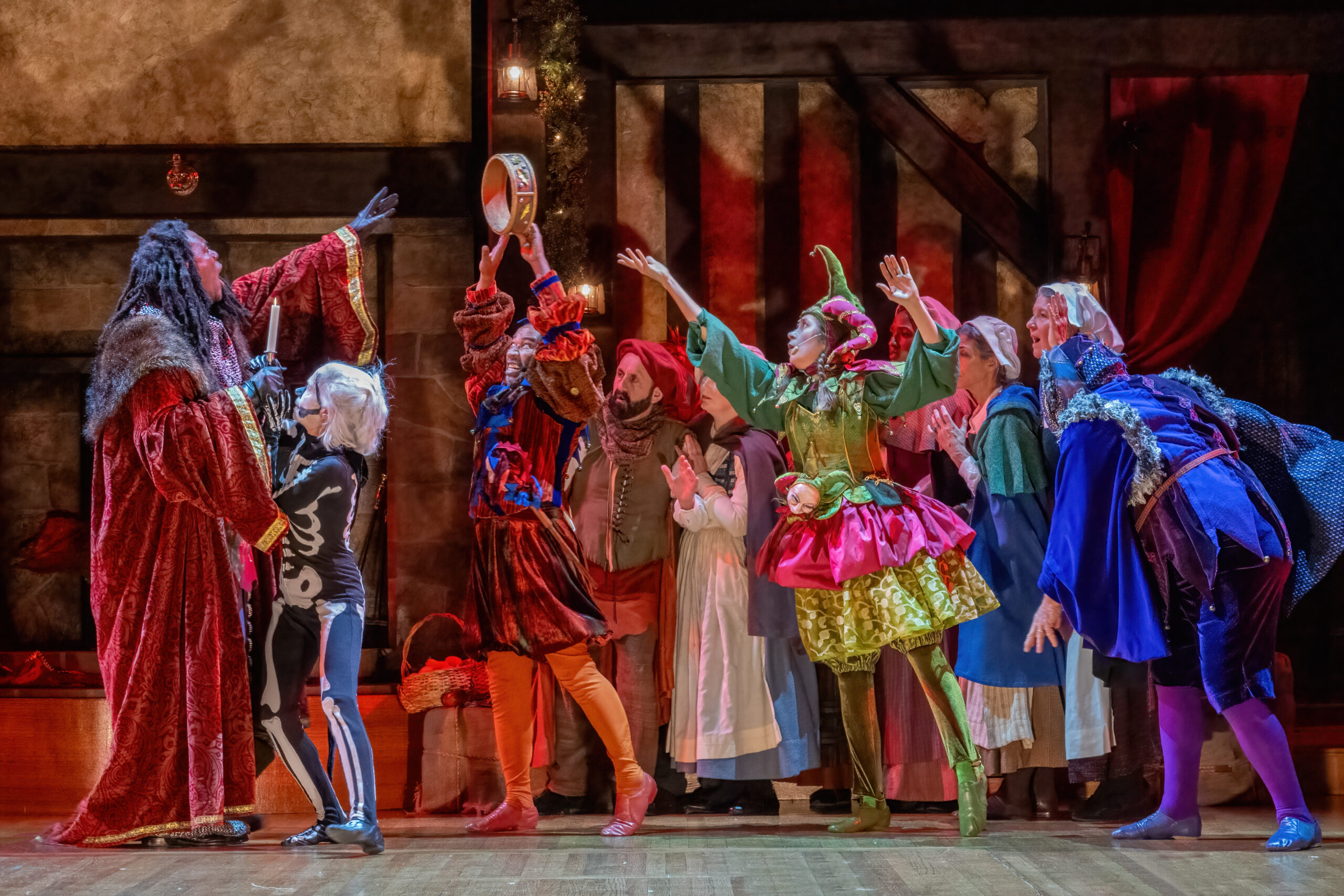
Read More
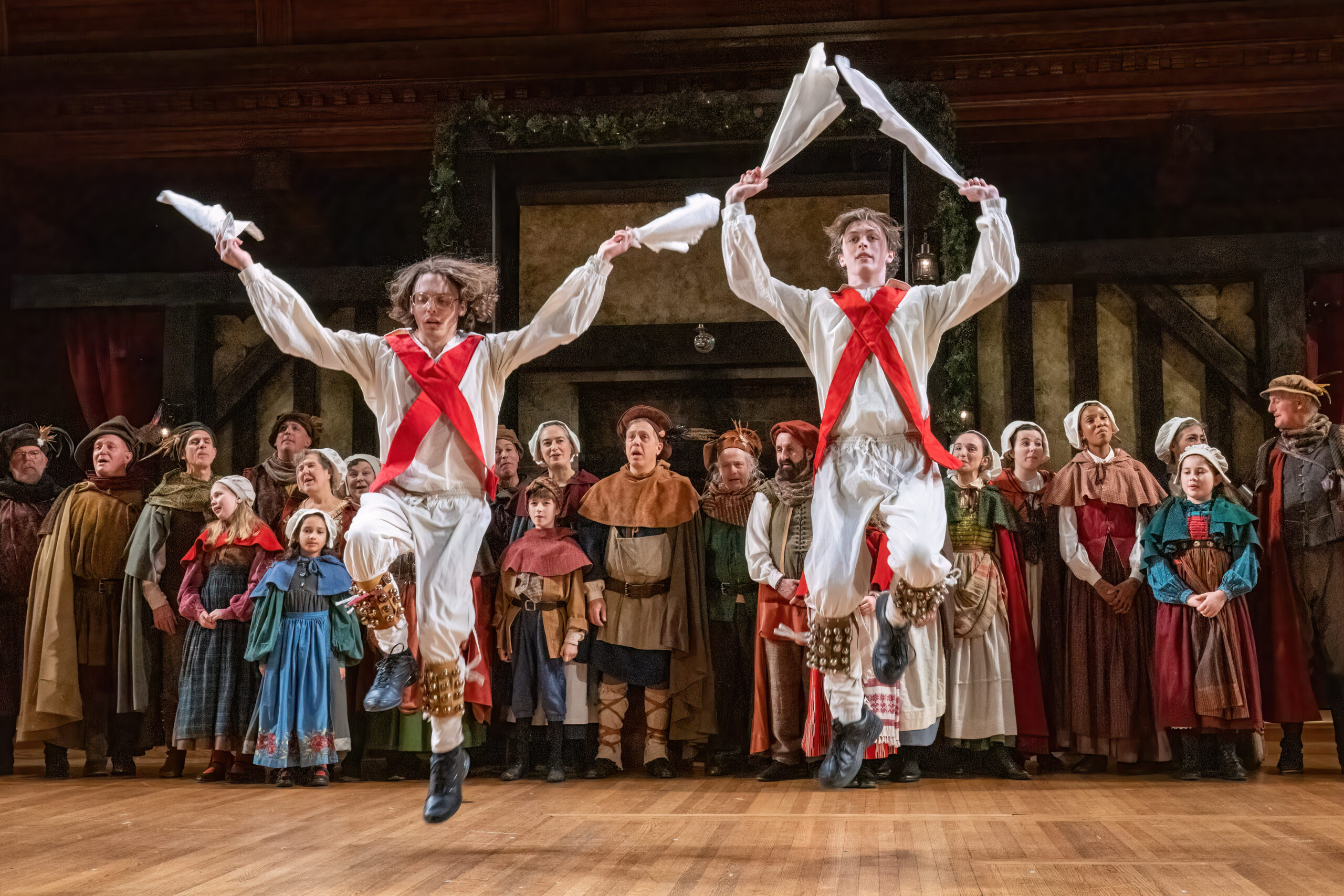
Read More
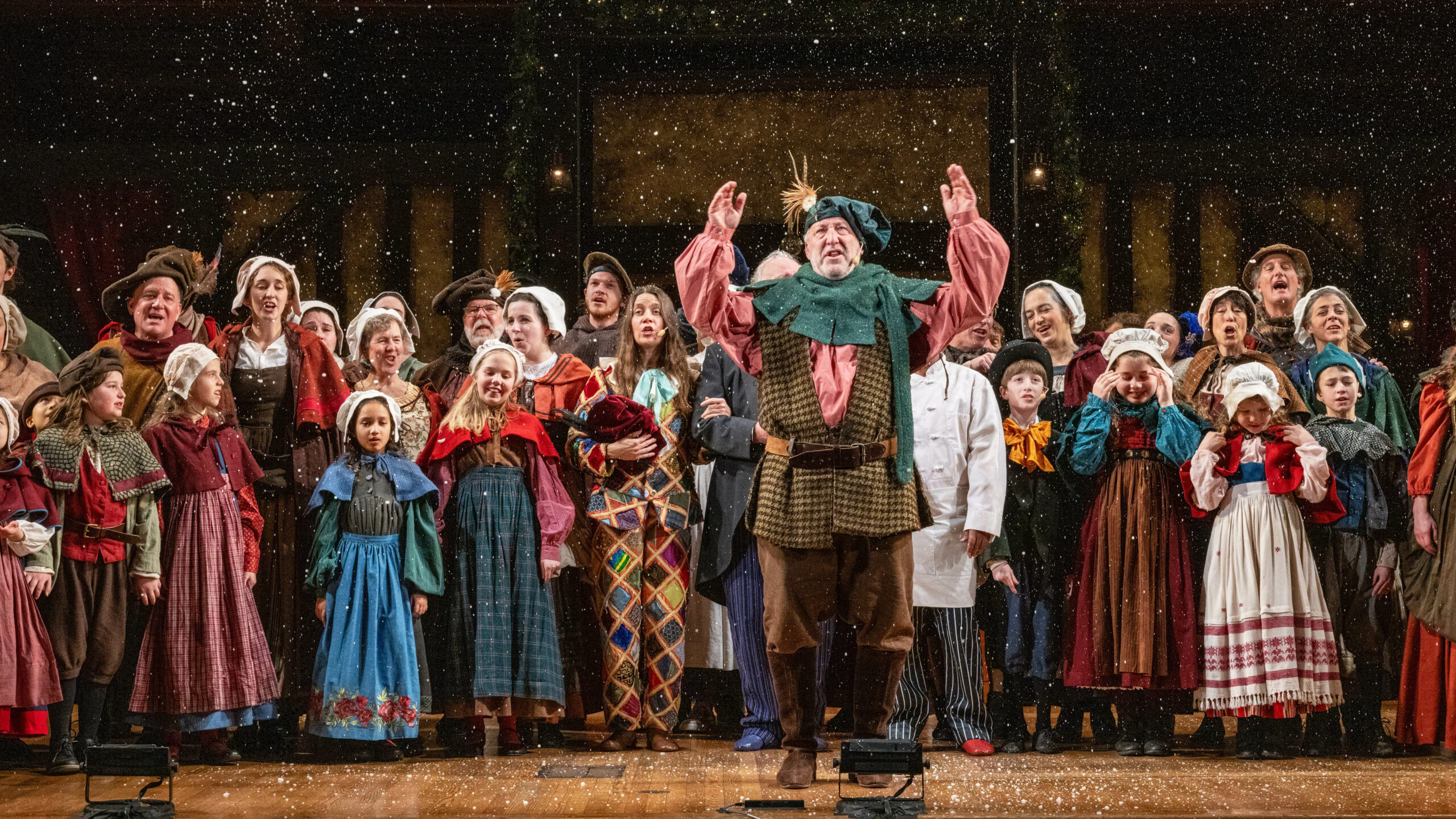
Read More
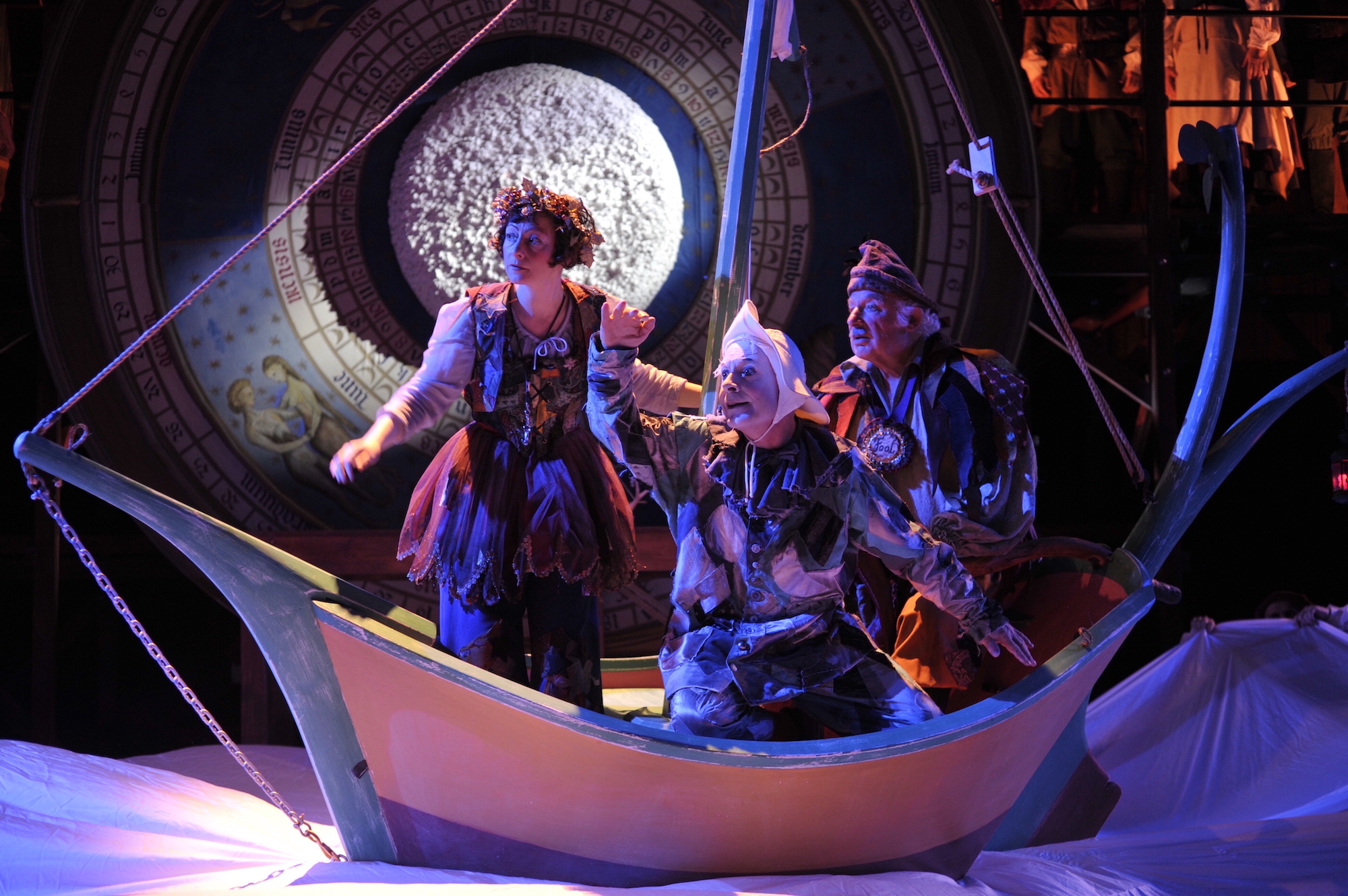
Read More
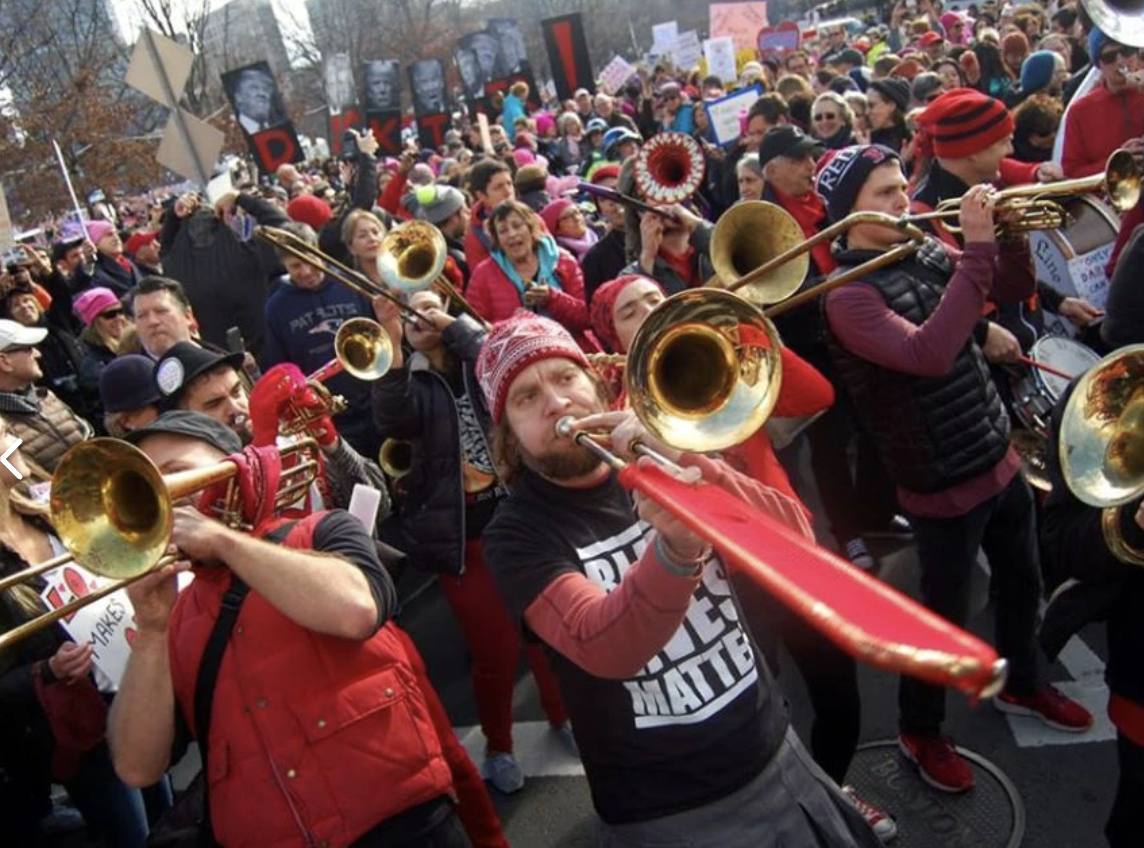
Read More

Read More
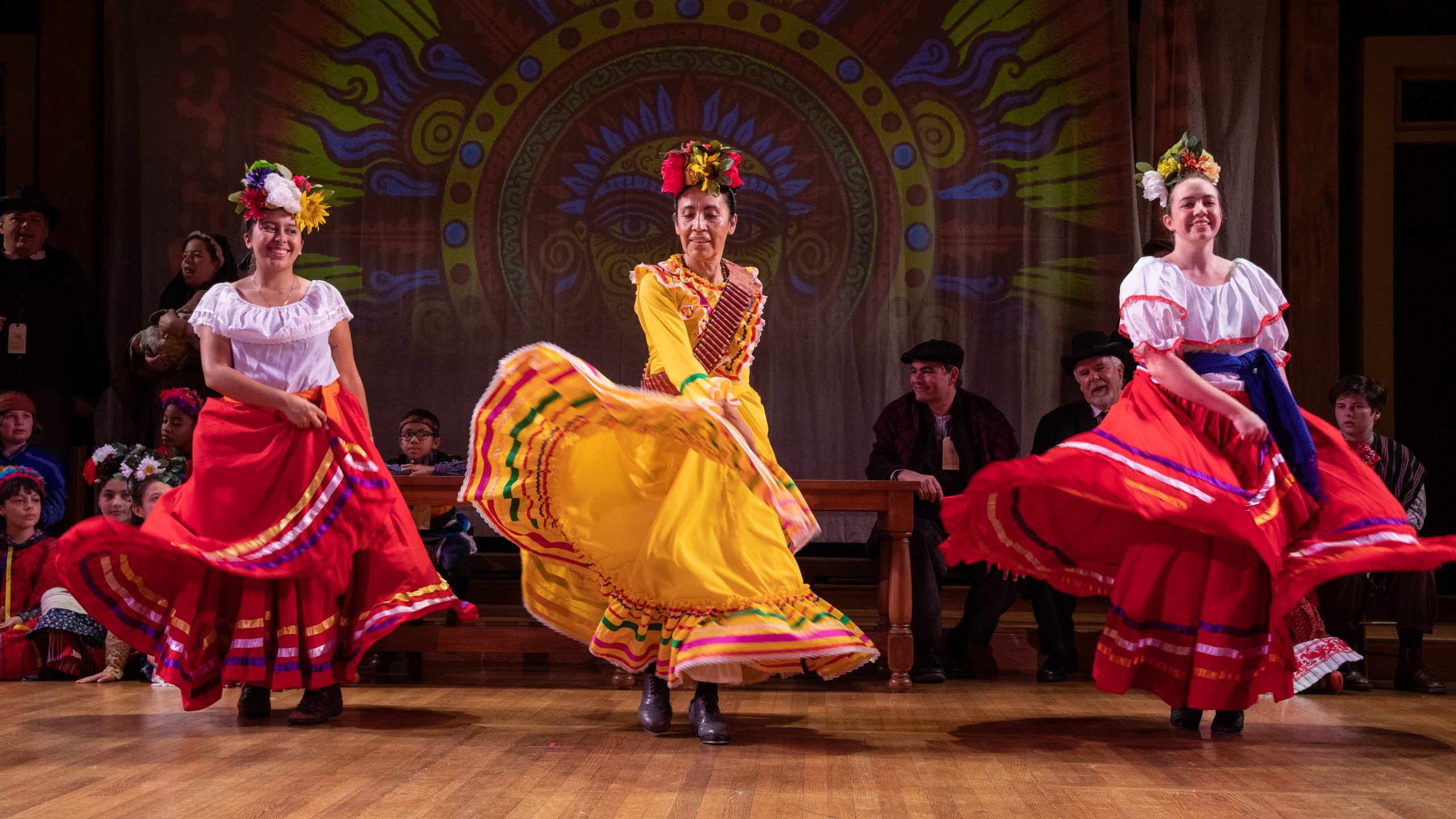
Read More
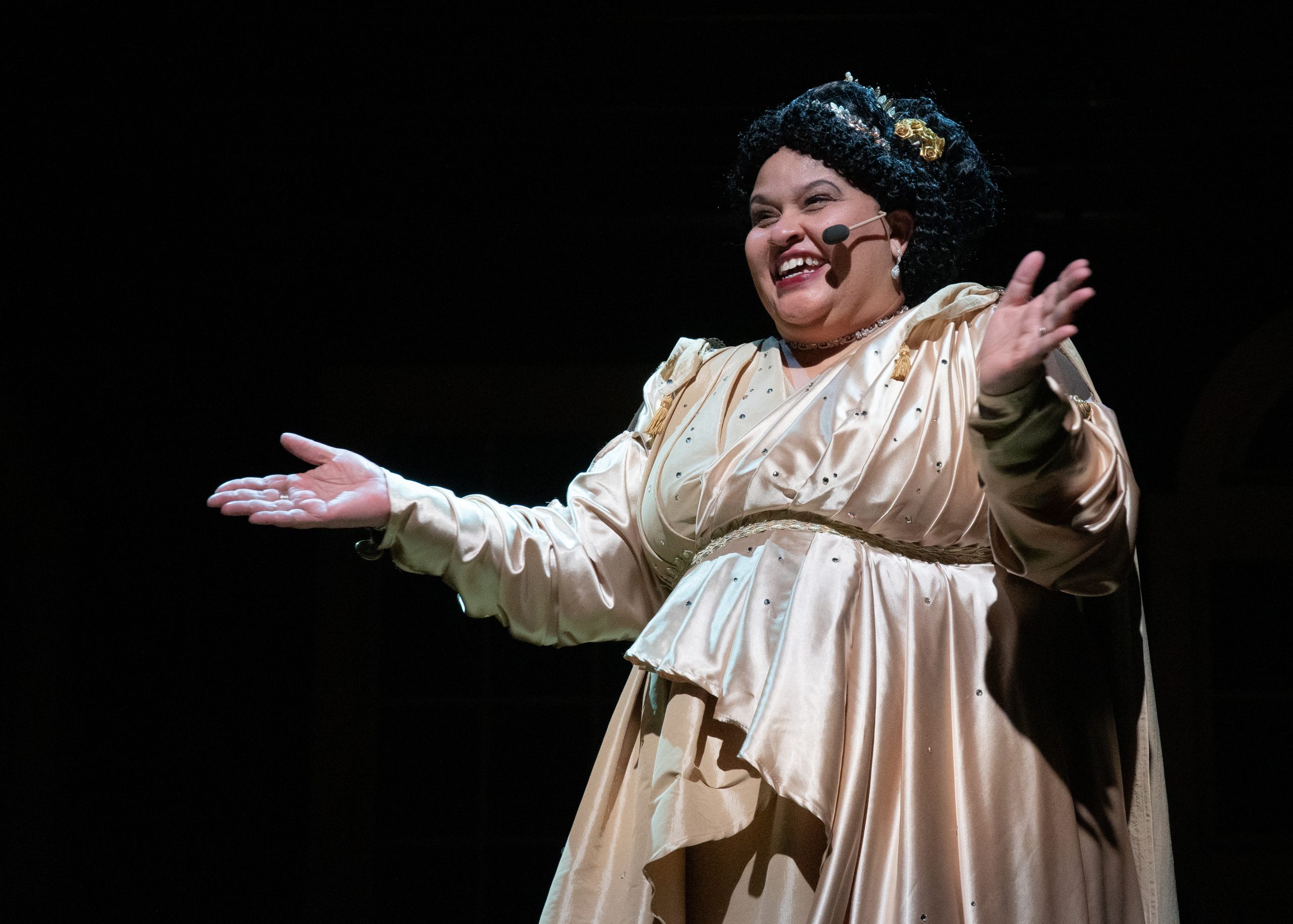
Read More
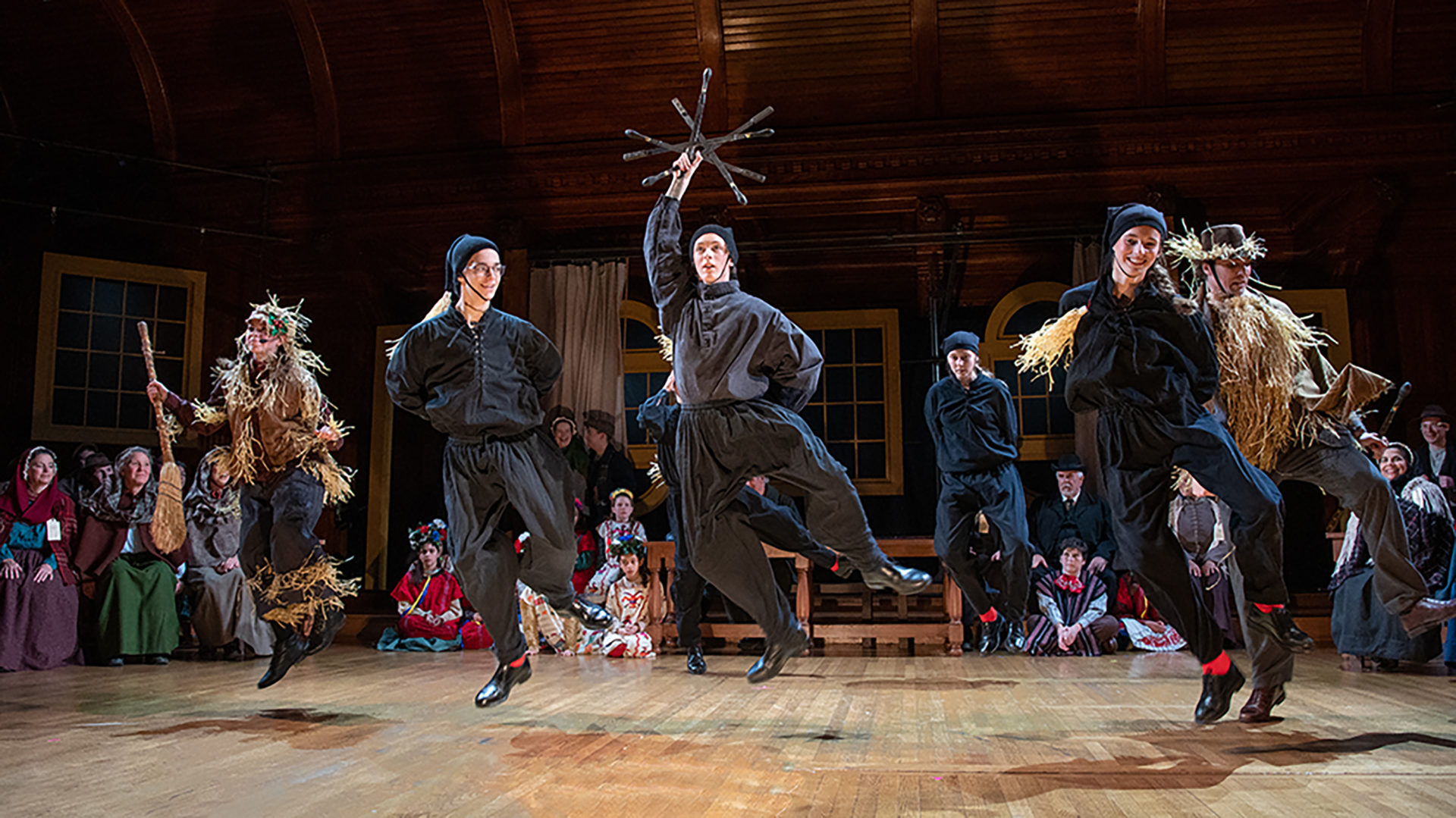
Read More
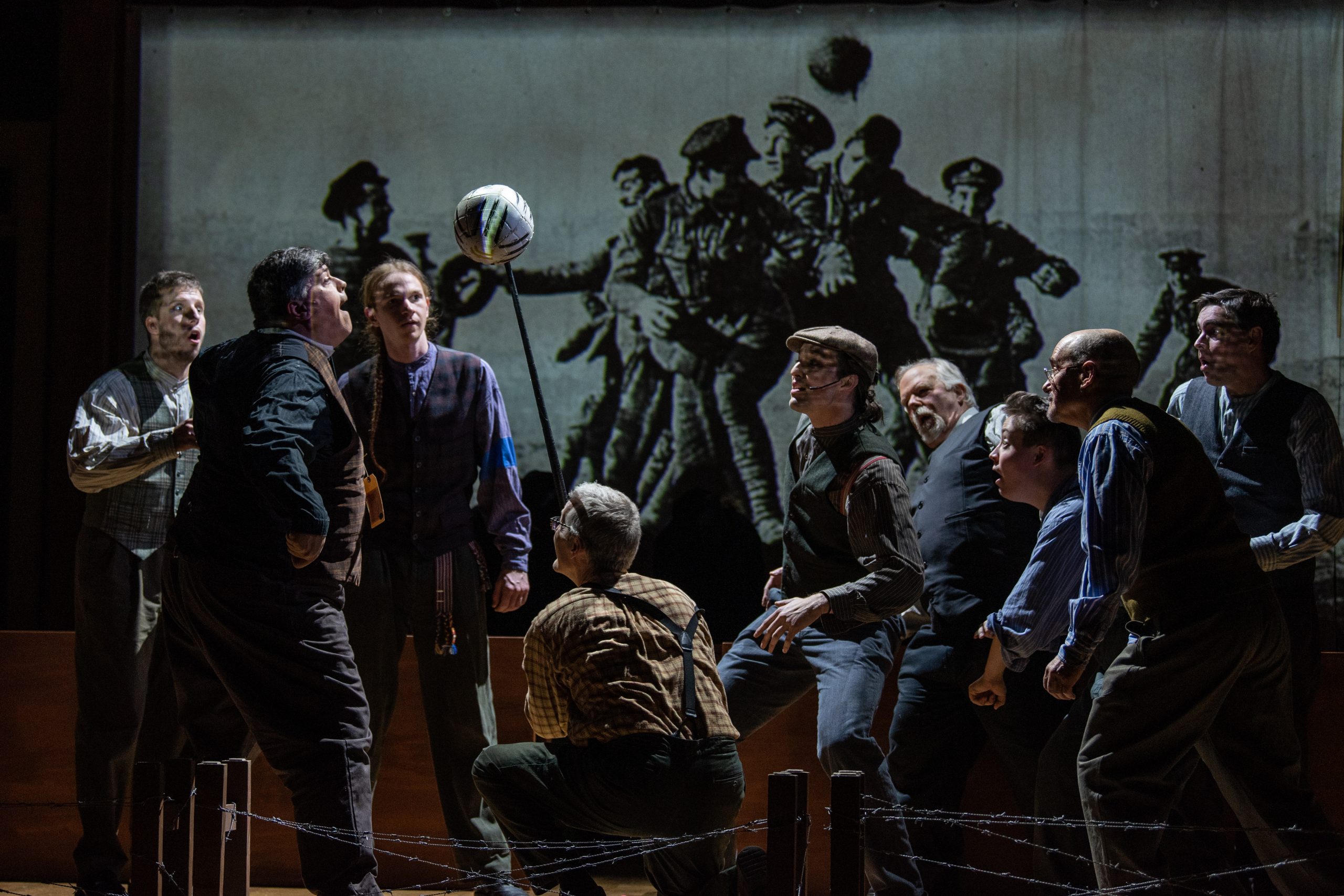
Read More

Read More
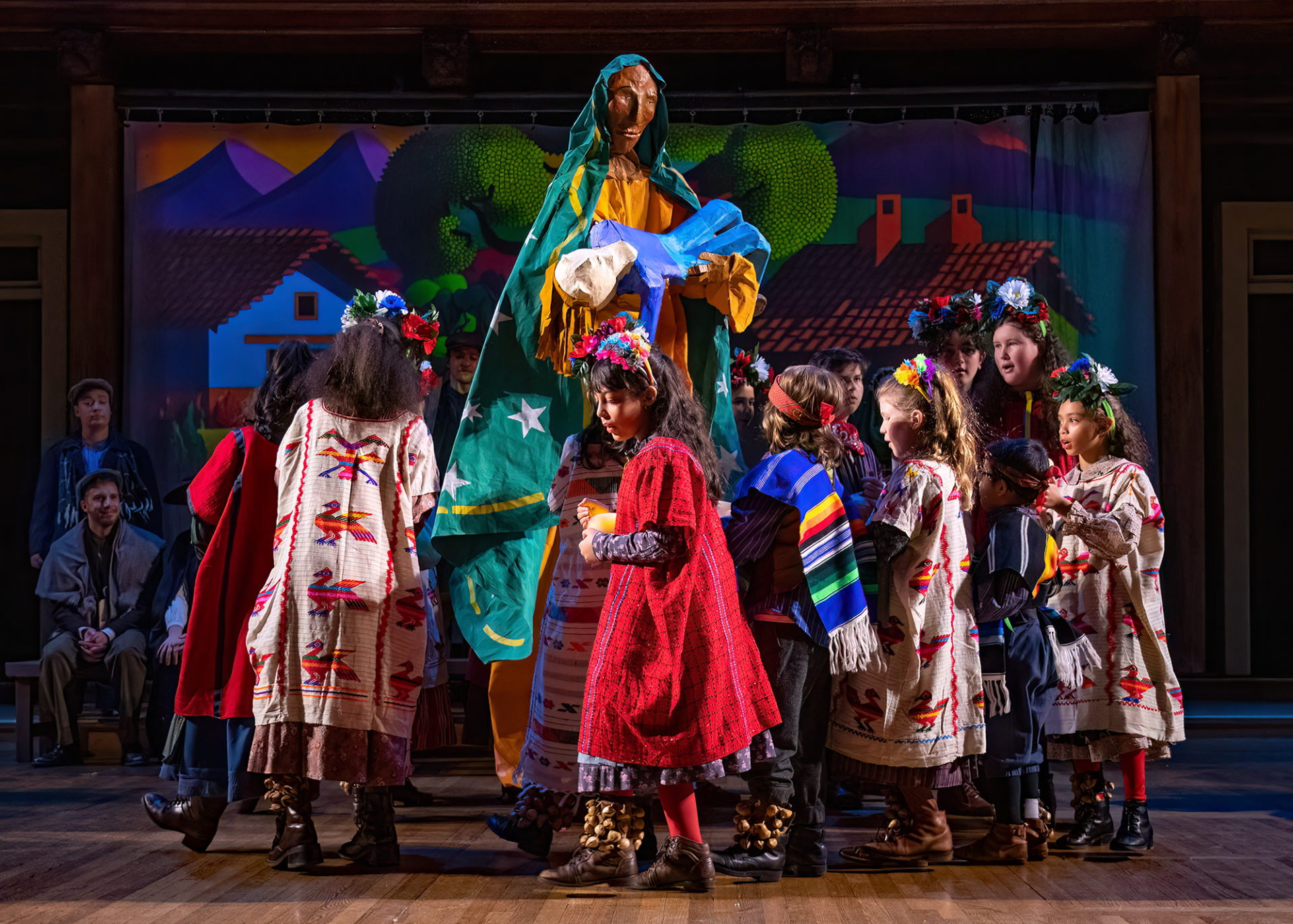
Read More
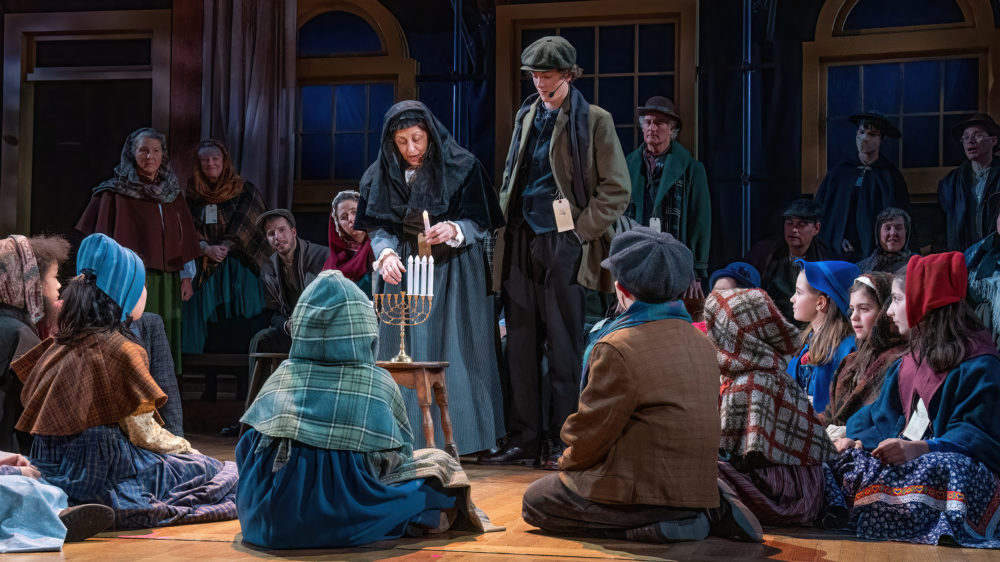
Read More
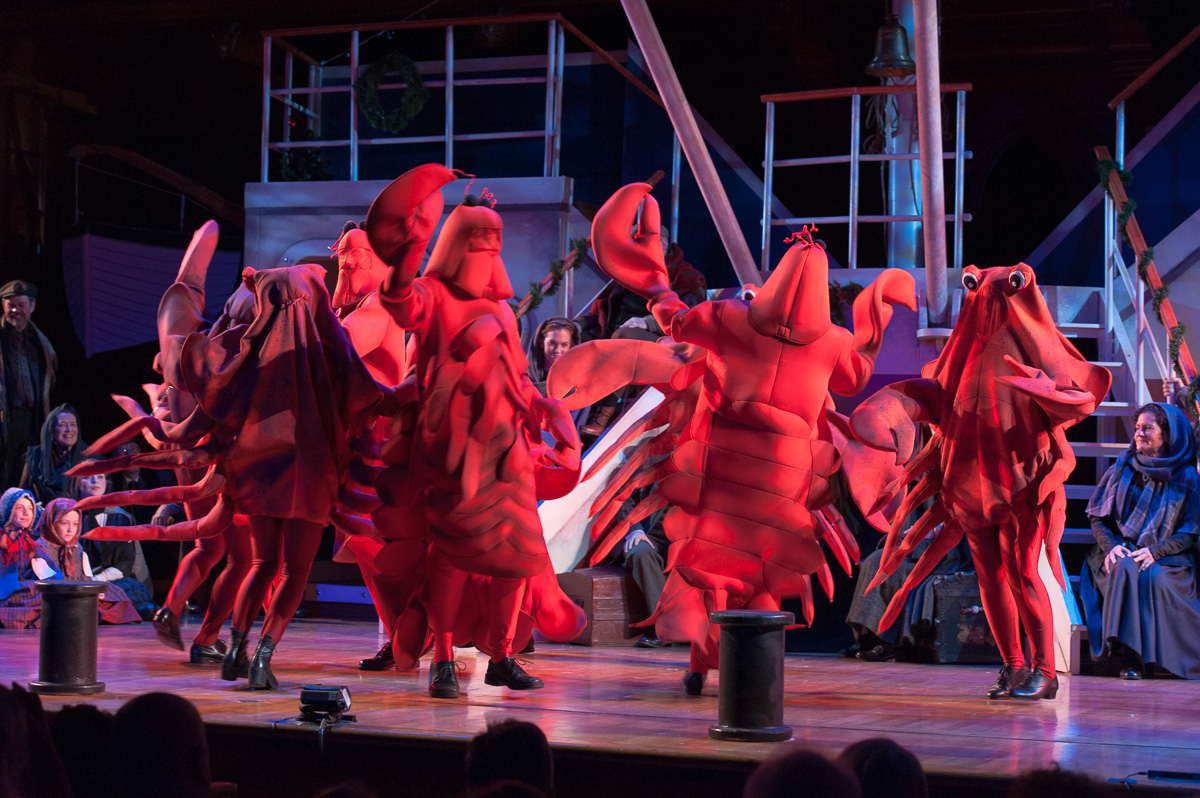
Read More
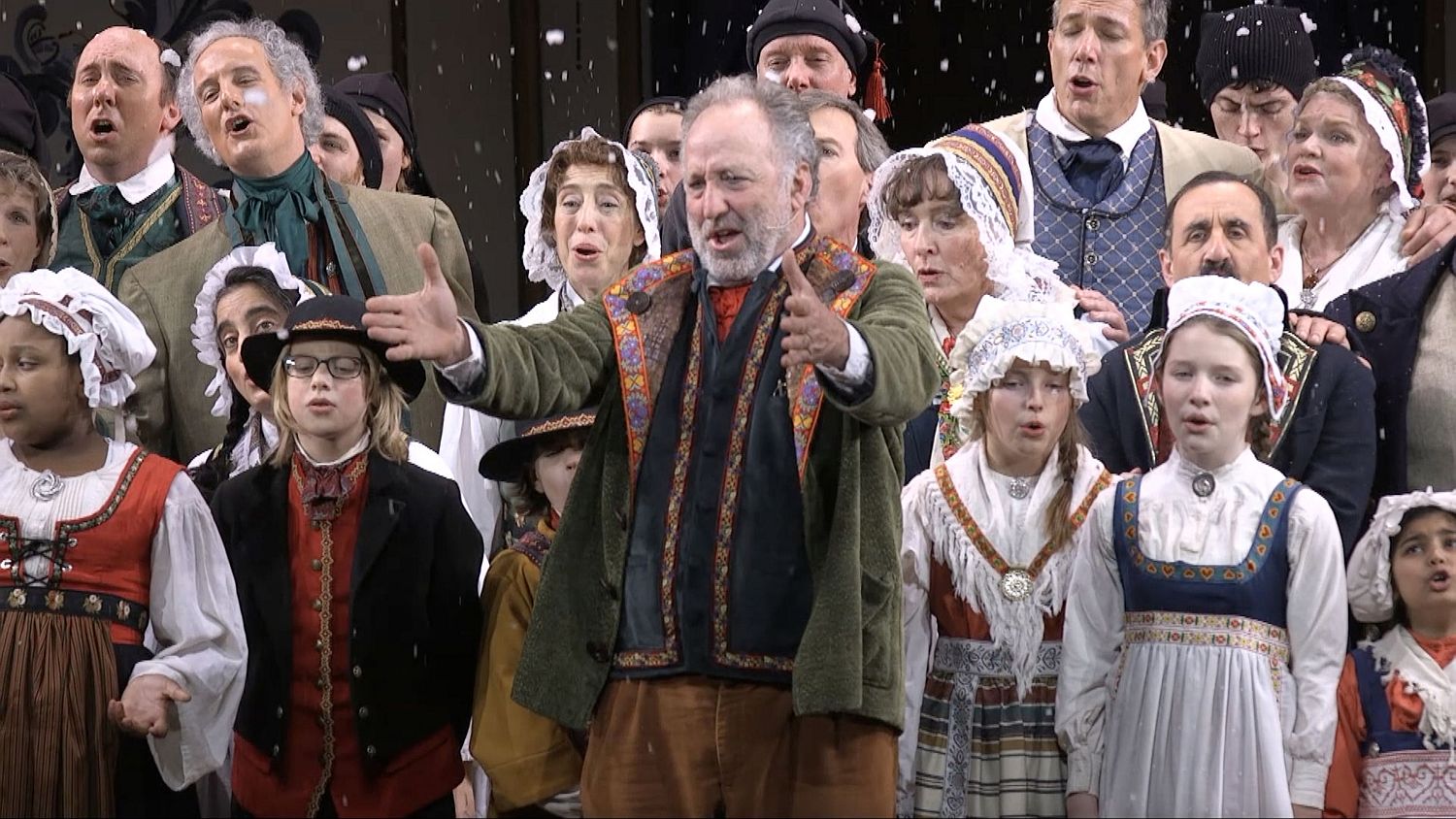
Read More

Read More

Read More

Read More

Read More

Read More
Read More
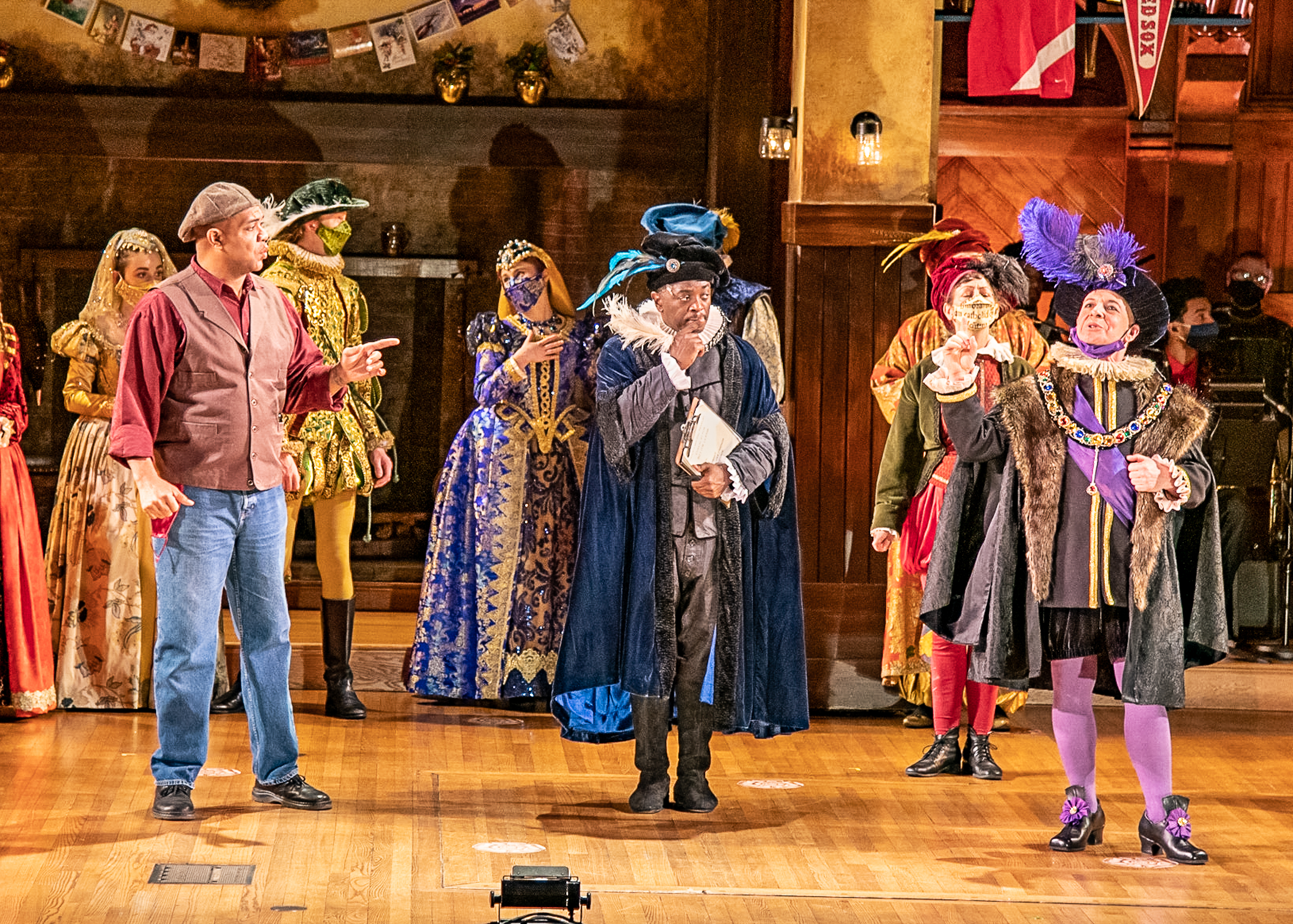
Read More
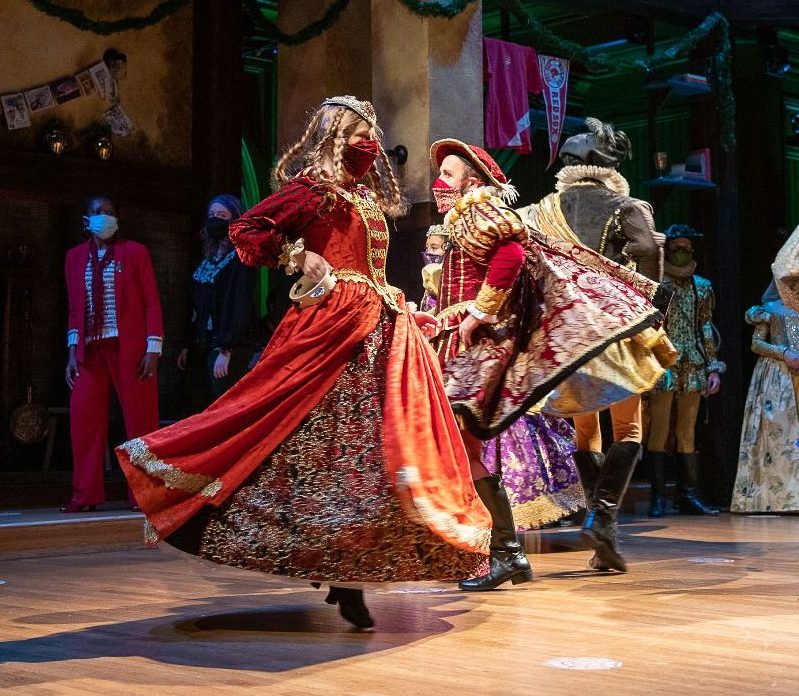
Read More
Read More

Read More
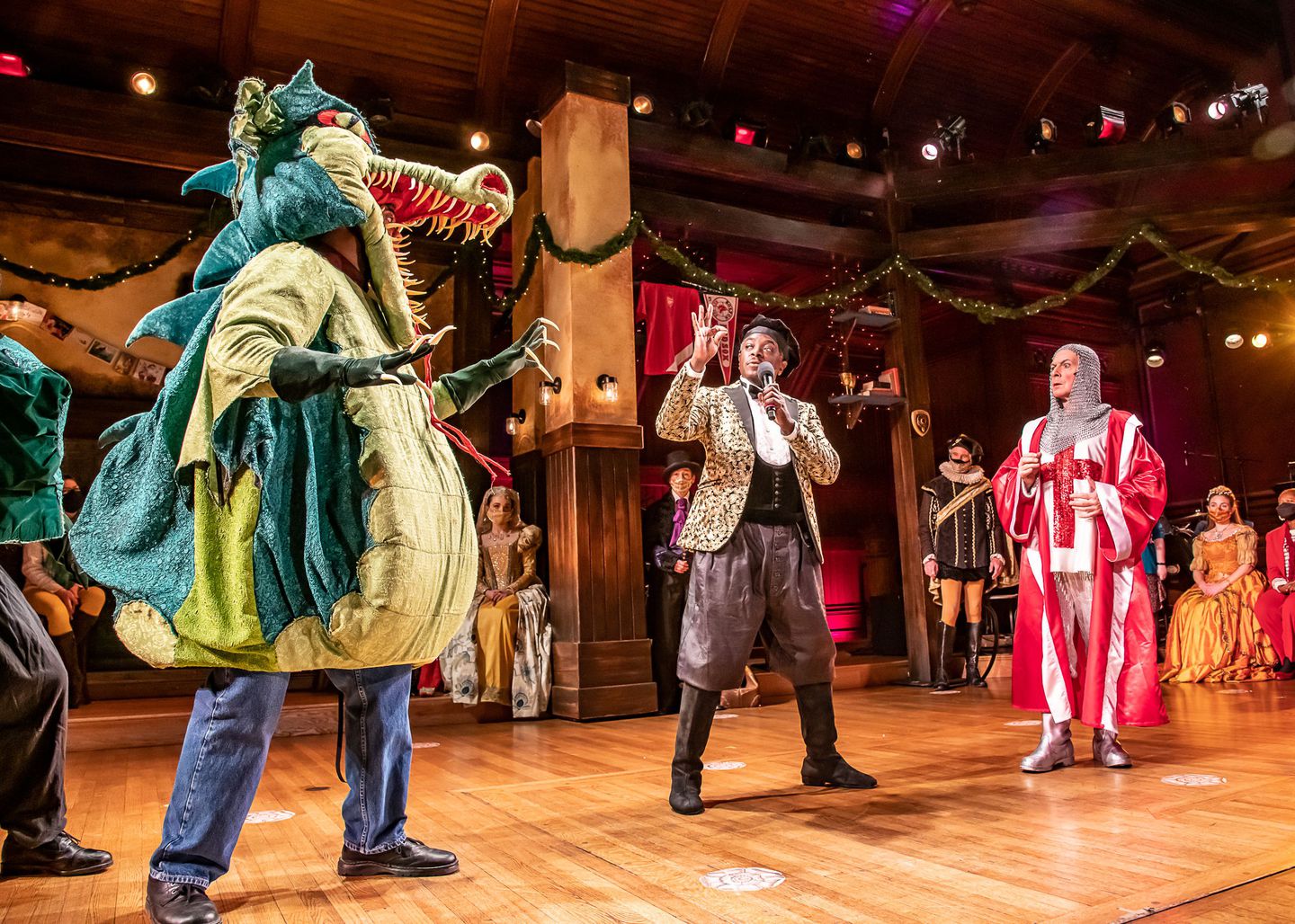
Read More

Read More
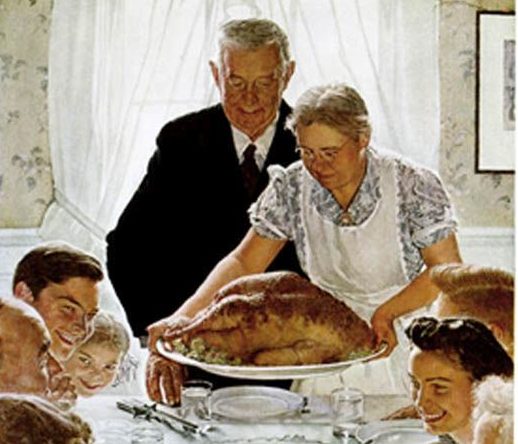
Read More
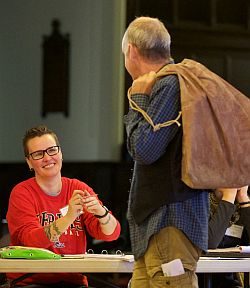
Read More
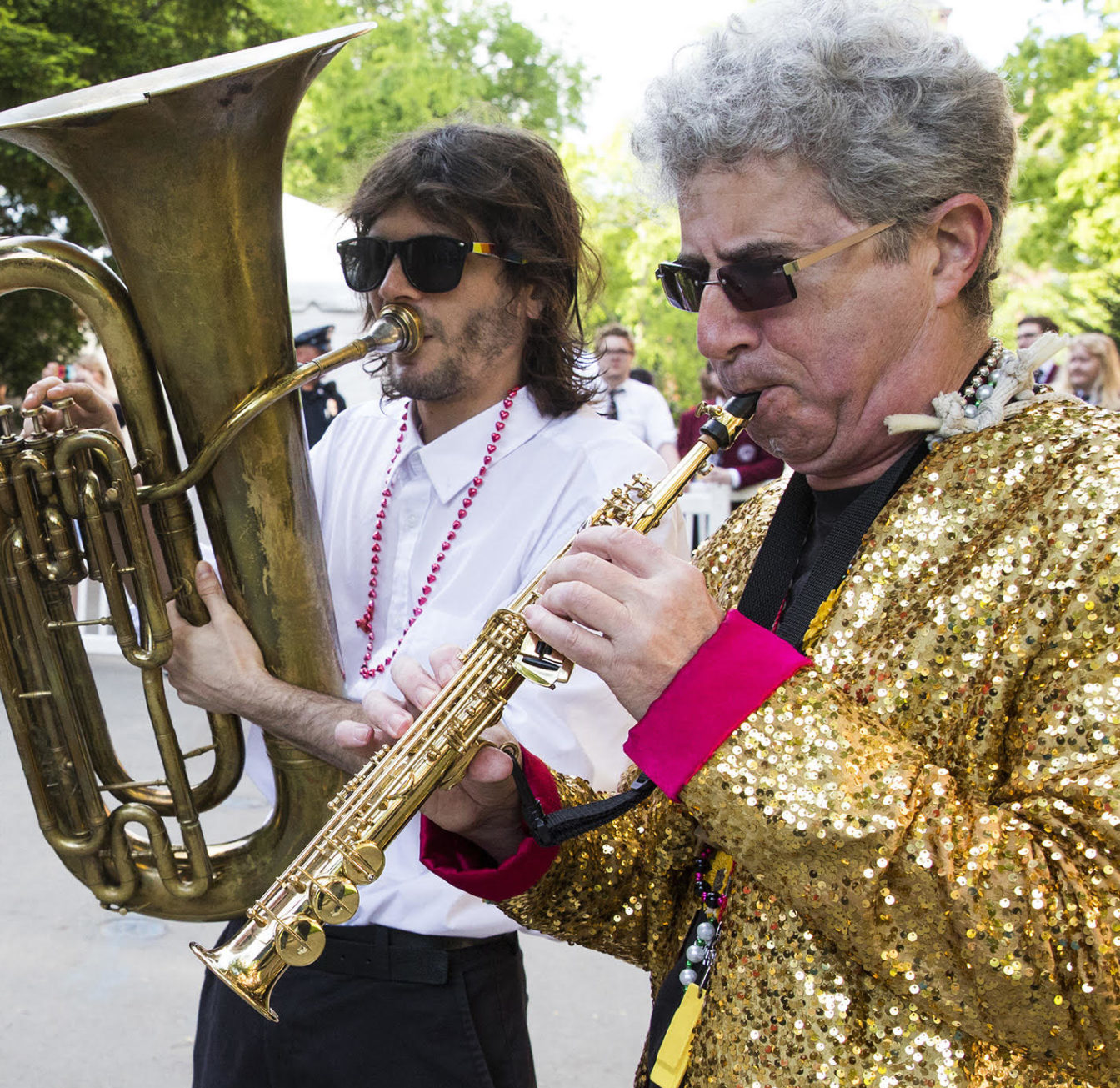
Read More
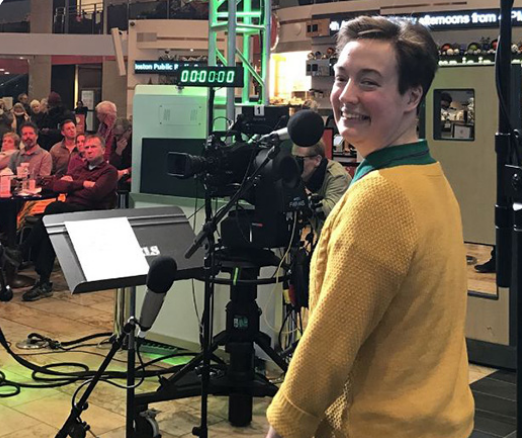
Read More

Read More
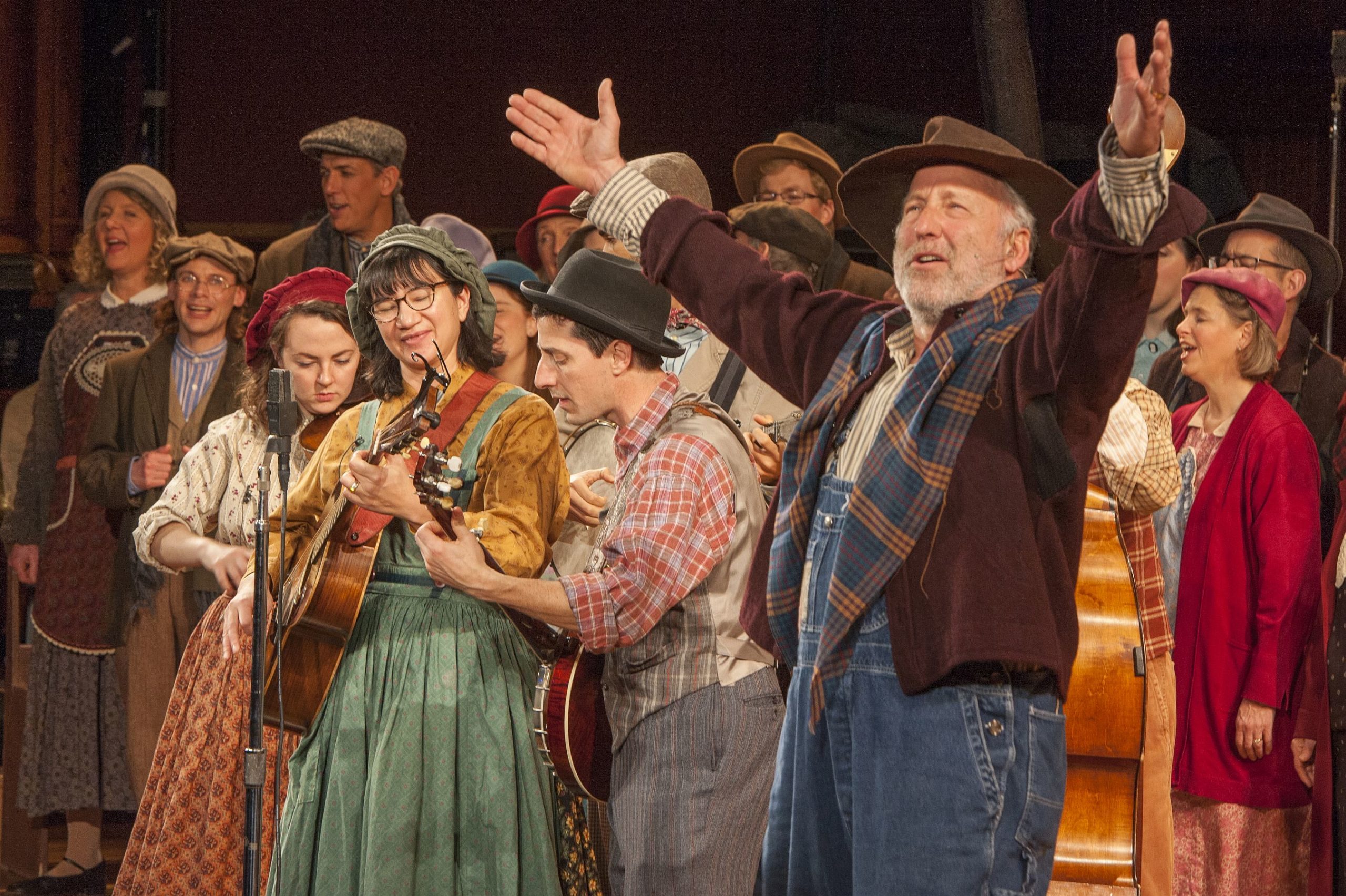
Read More
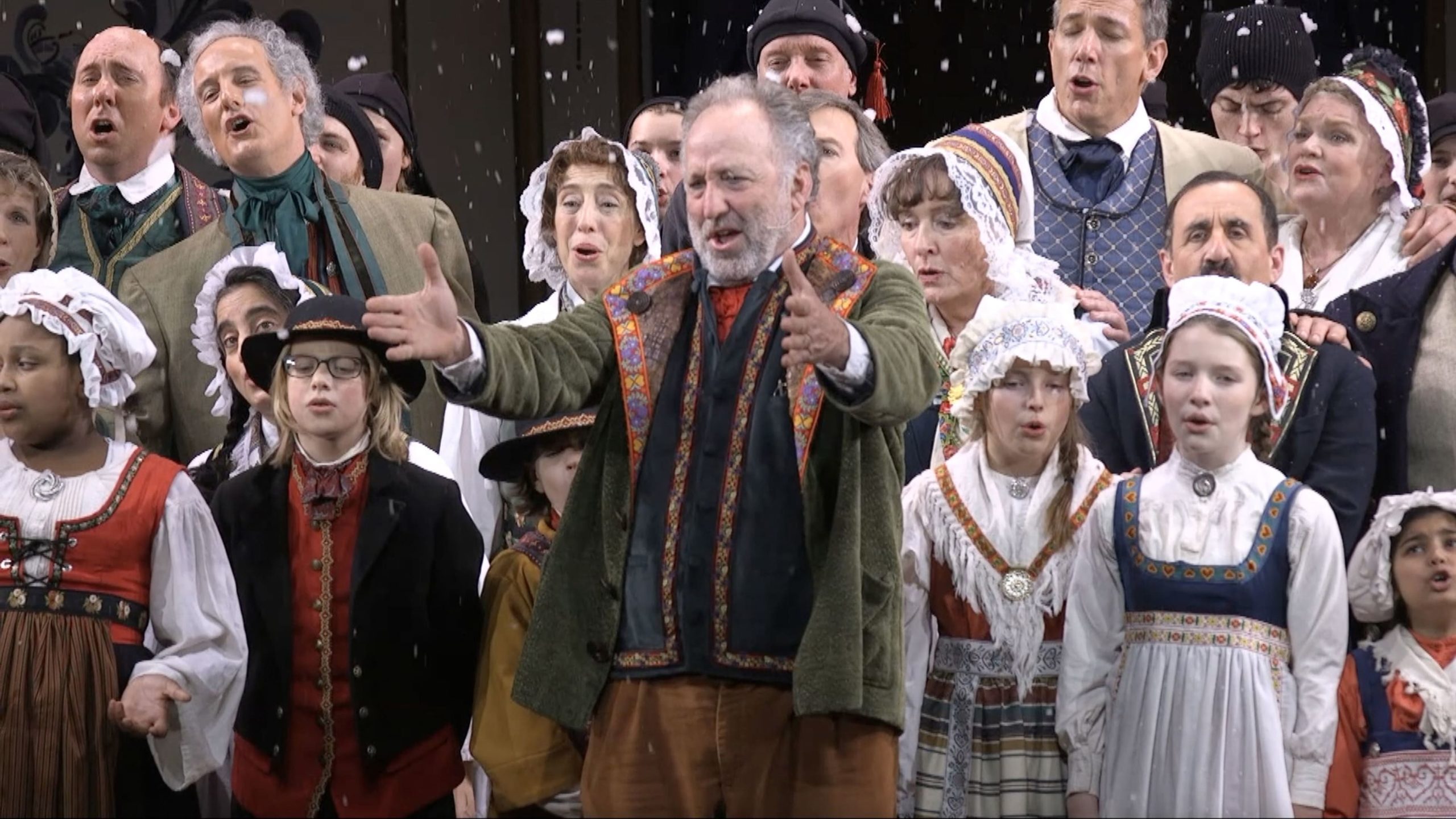
Read More

Read More
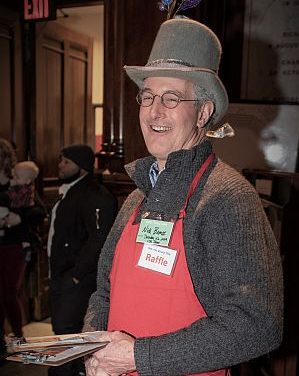
Read More
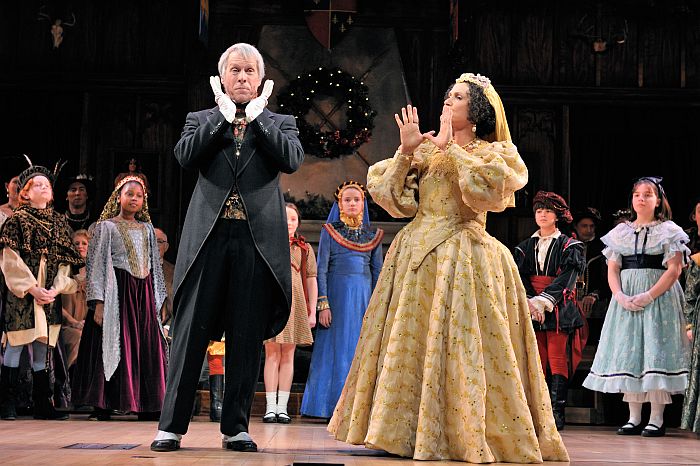
Read More
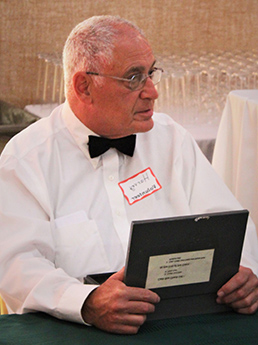
Read More
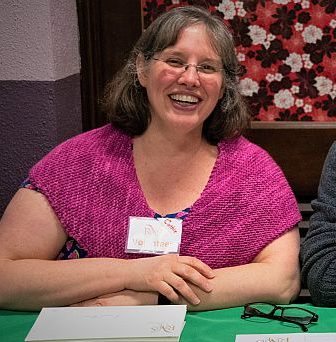
Read More
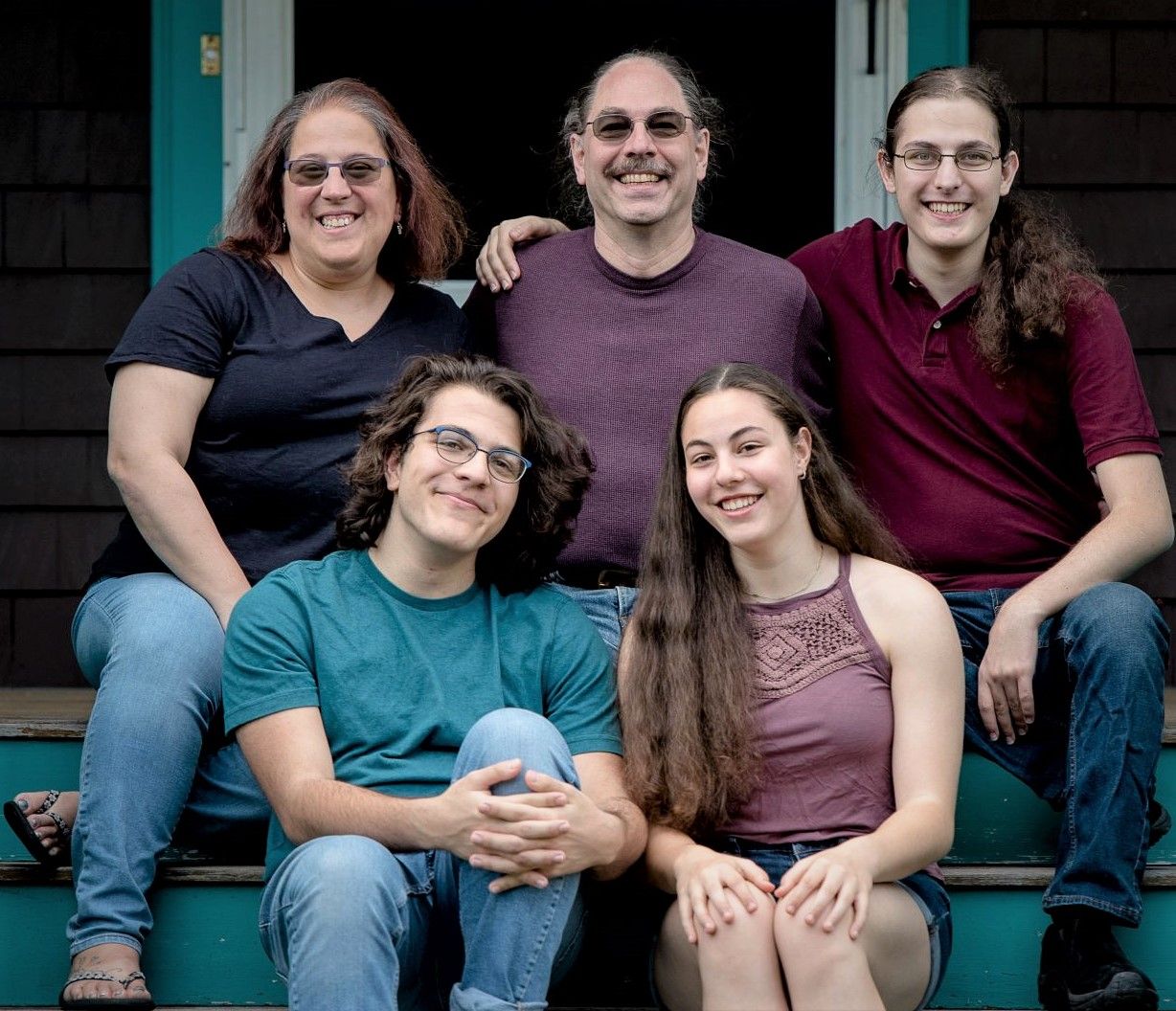
Read More
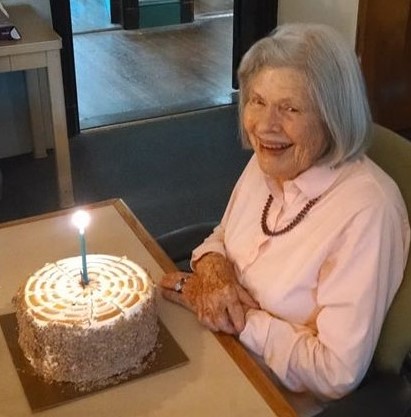
Read More

Read More

Read More

Read More
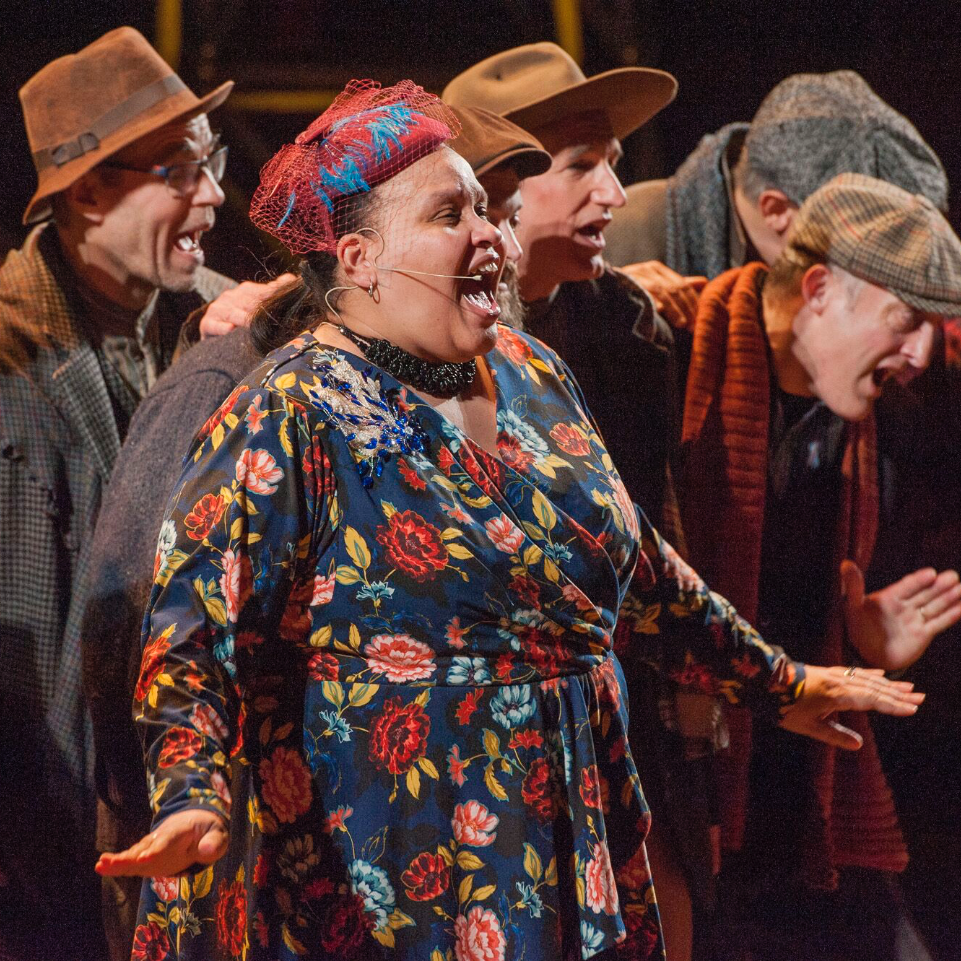
Read More

Read More

Read More
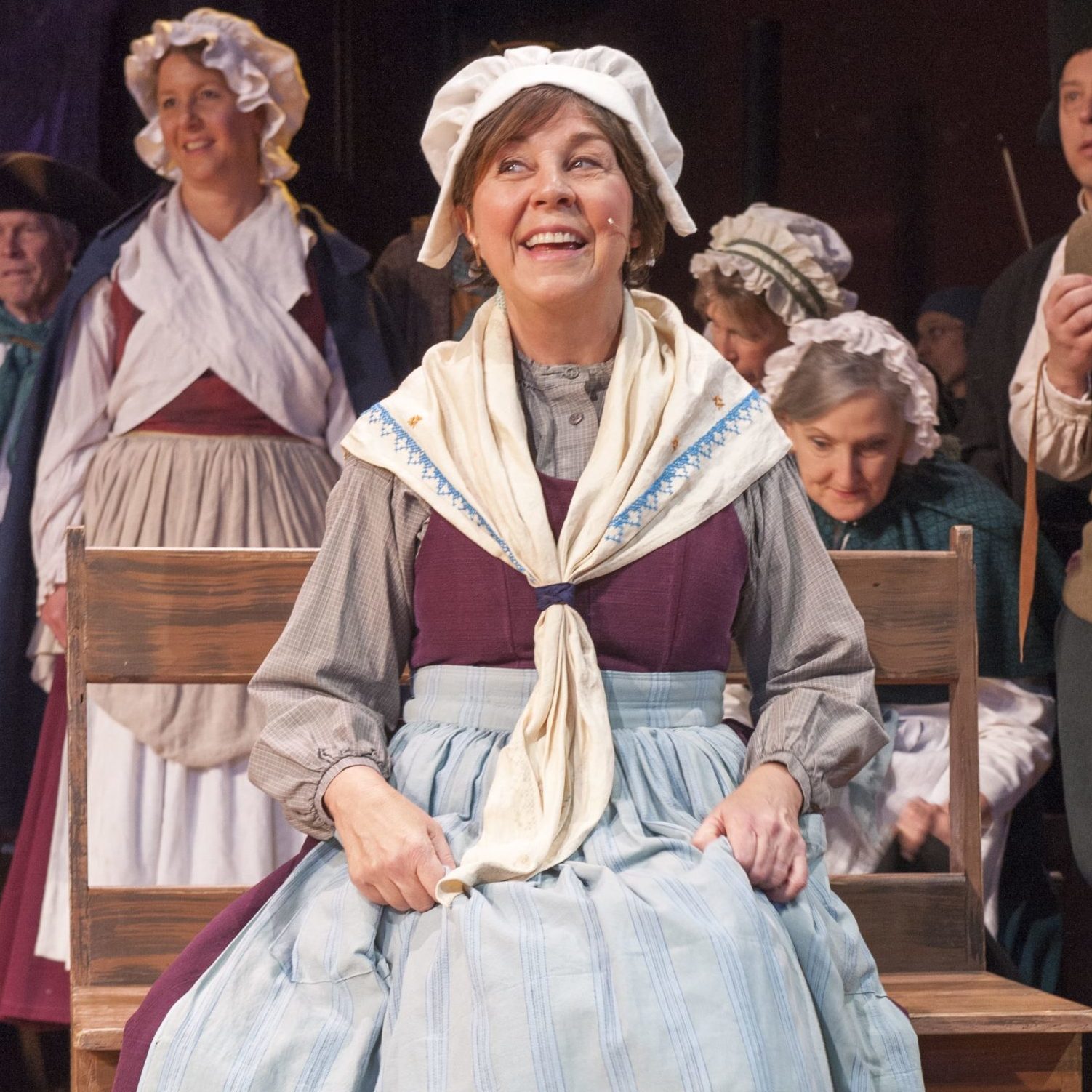
Read More
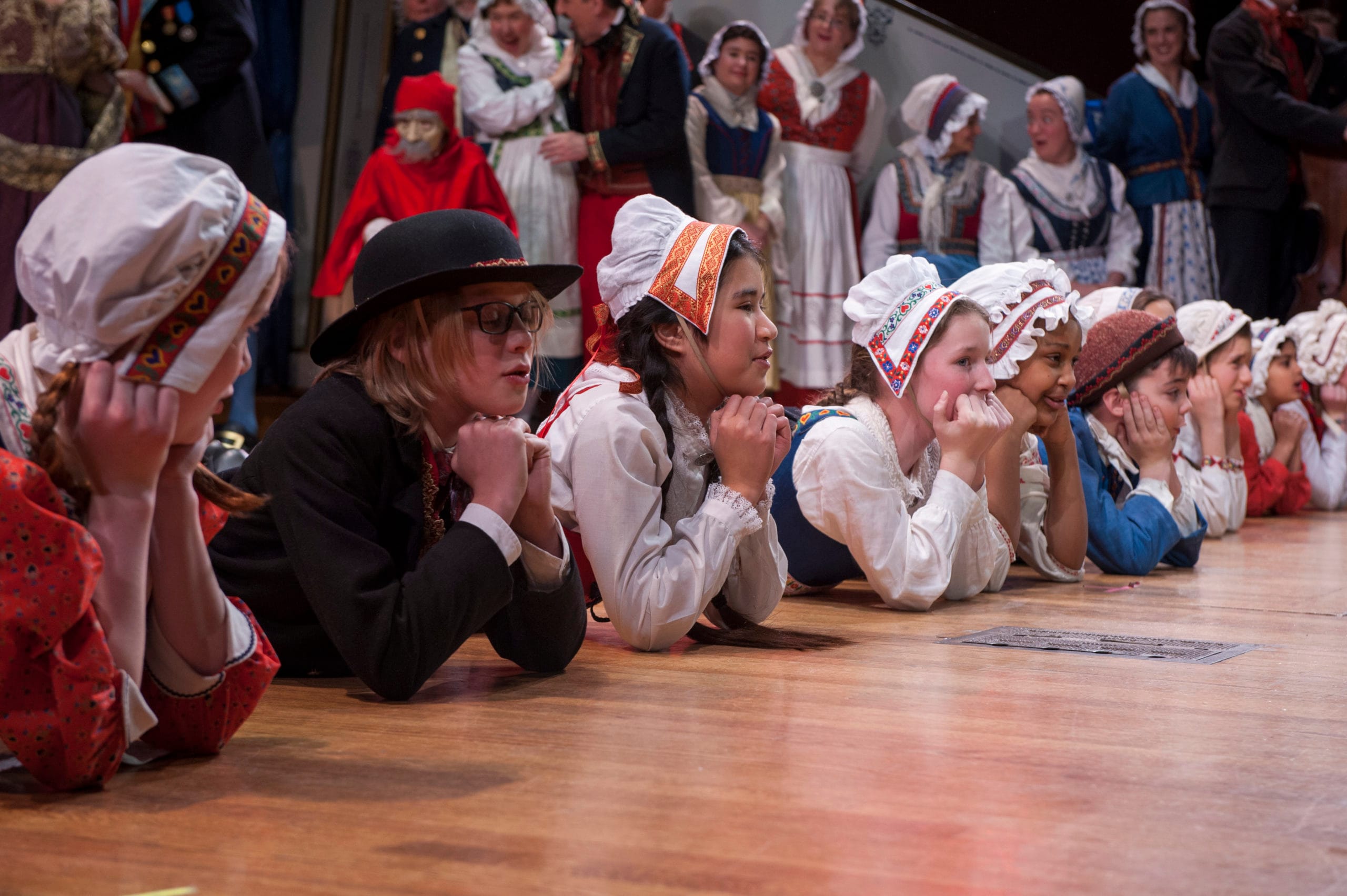
Read More

Read More

Read More

Read More
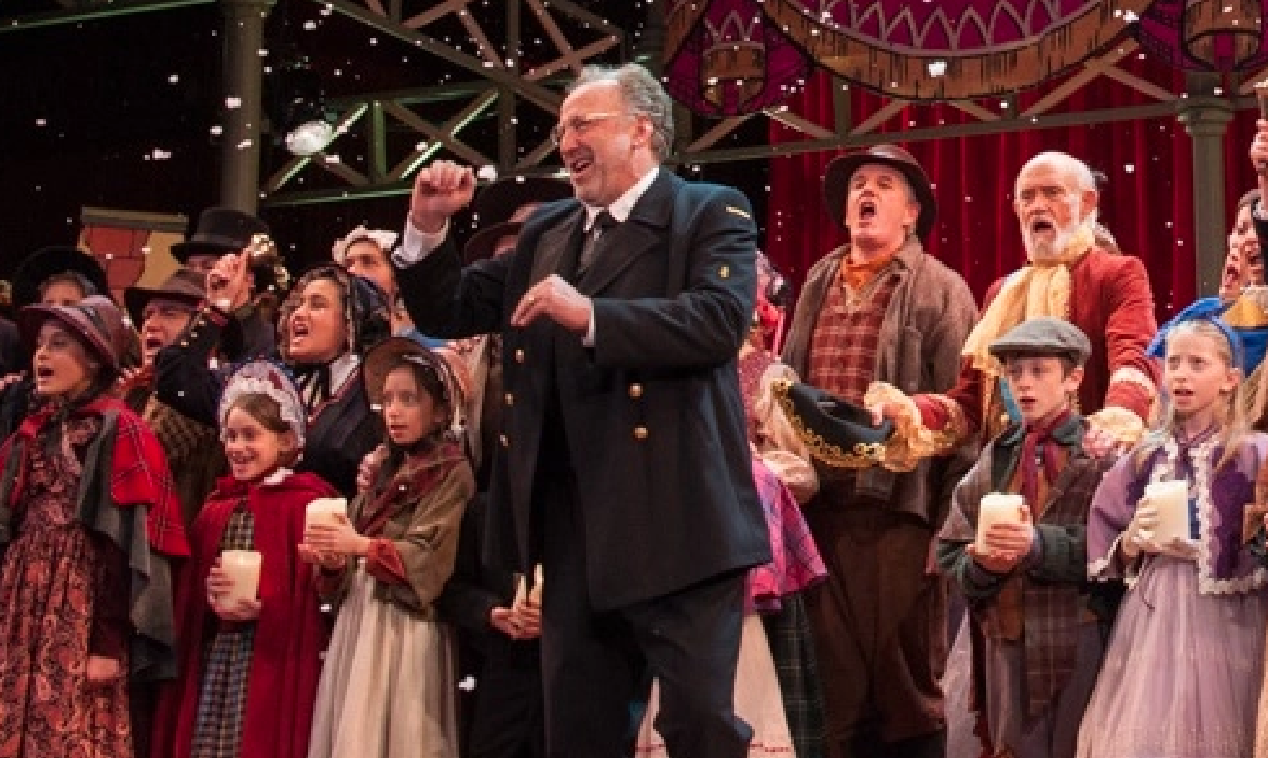
Read More

Read More
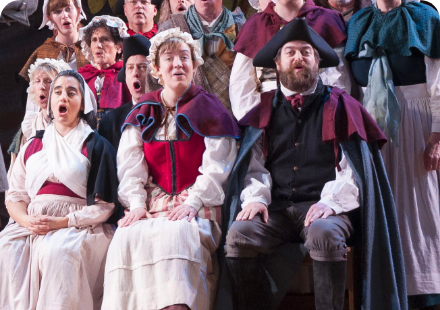
Read More

Read More

Read More
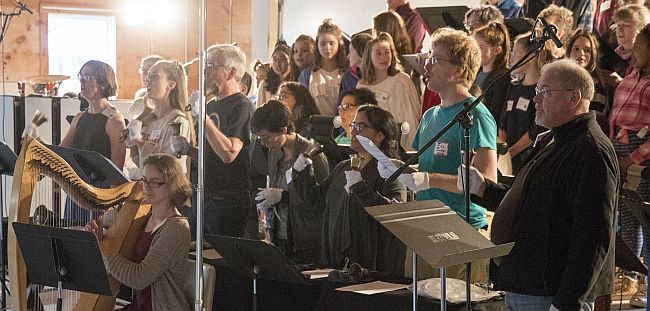
Read More

Read More

Read More

Read More
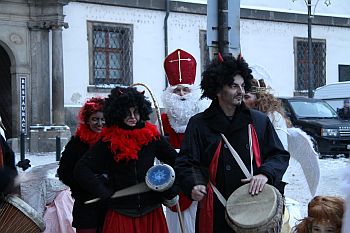
Read More

Read More

Read More

Read More

Read More
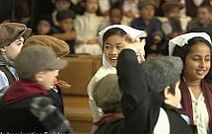
Read More

Read More
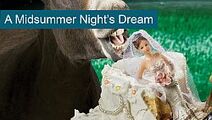
Read More

Read More

Read More
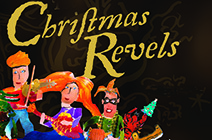
Read More
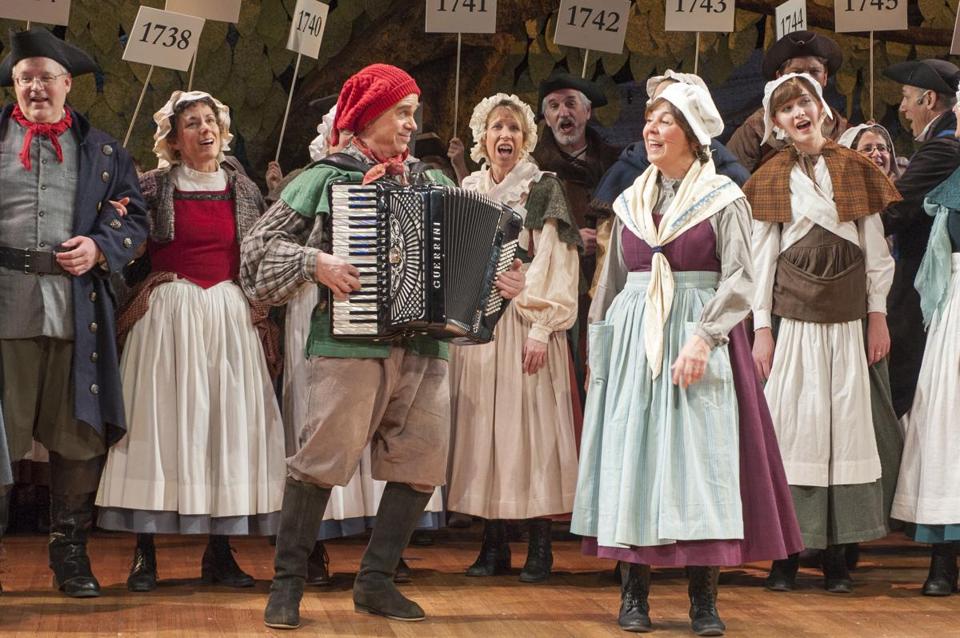
Read More

Read More

Read More

Read More

Read More
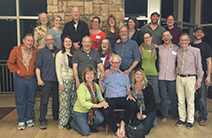
Read More

Read More

Read More
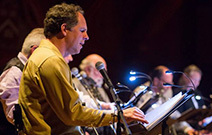
Read More

Read More

Read More

Read More
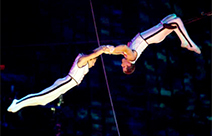
Read More

Read More
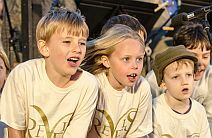
Read More
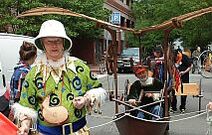
Read More
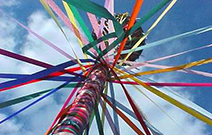
Read More
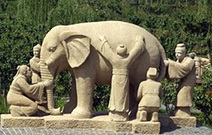
Read More
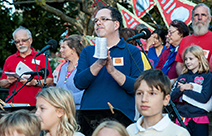
Read More
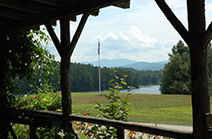
Read More

Read More

Read More

Read More

Read More

Read More
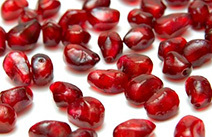
Read More

Read More
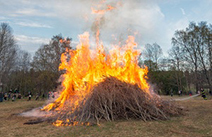
Read More

Read More
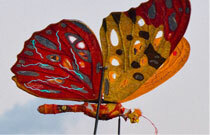
Read More

Read More

Read More

Read More
